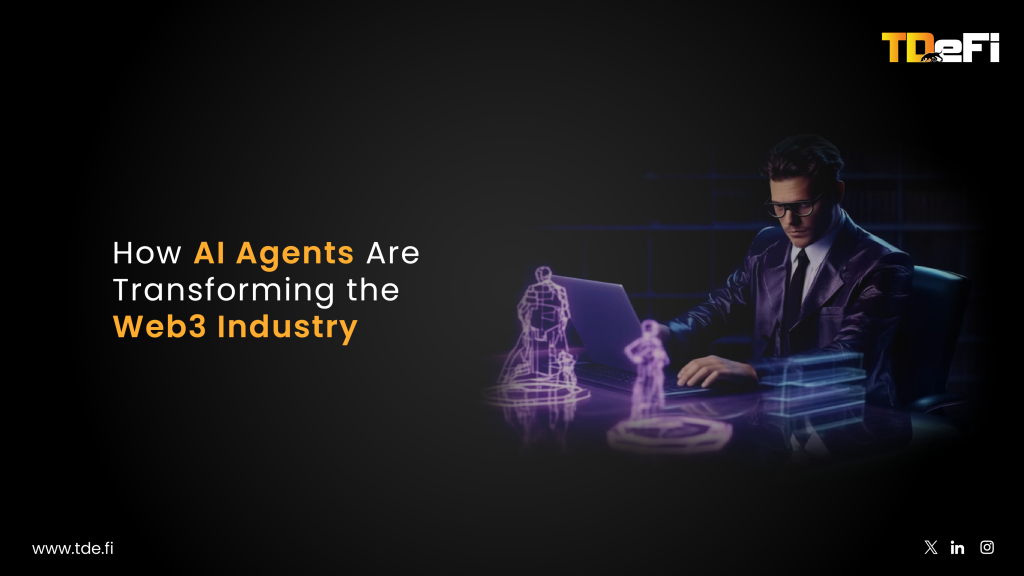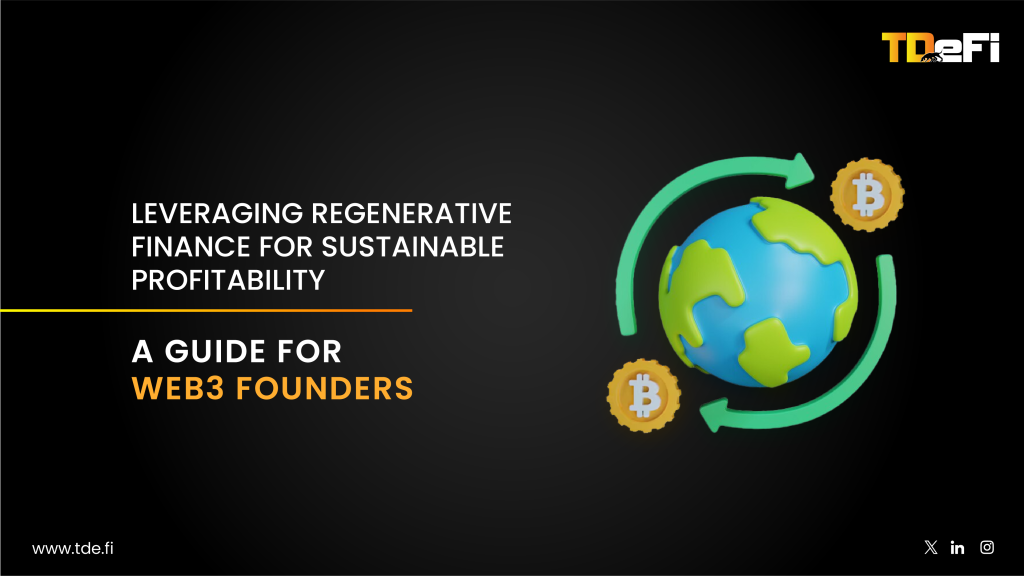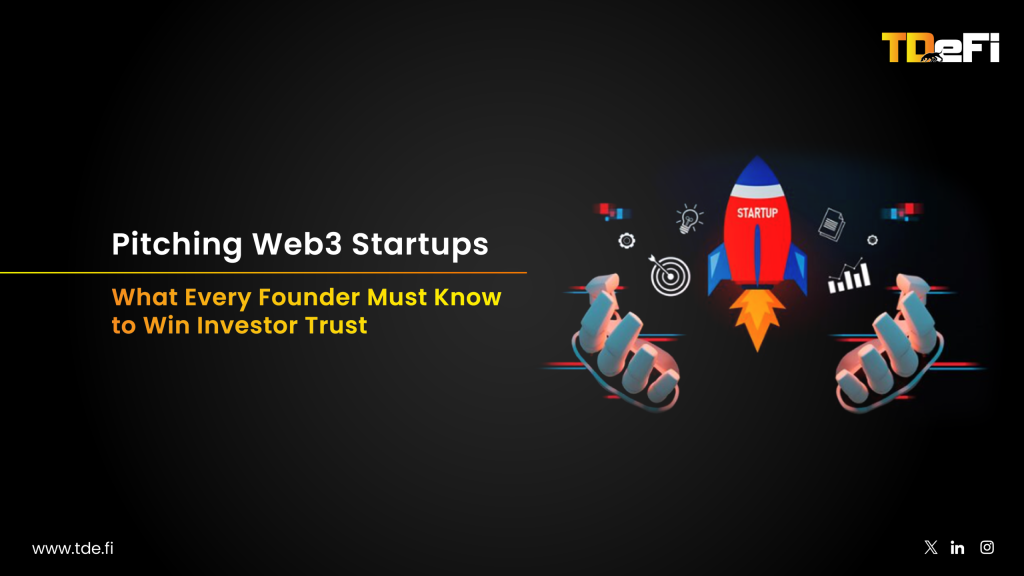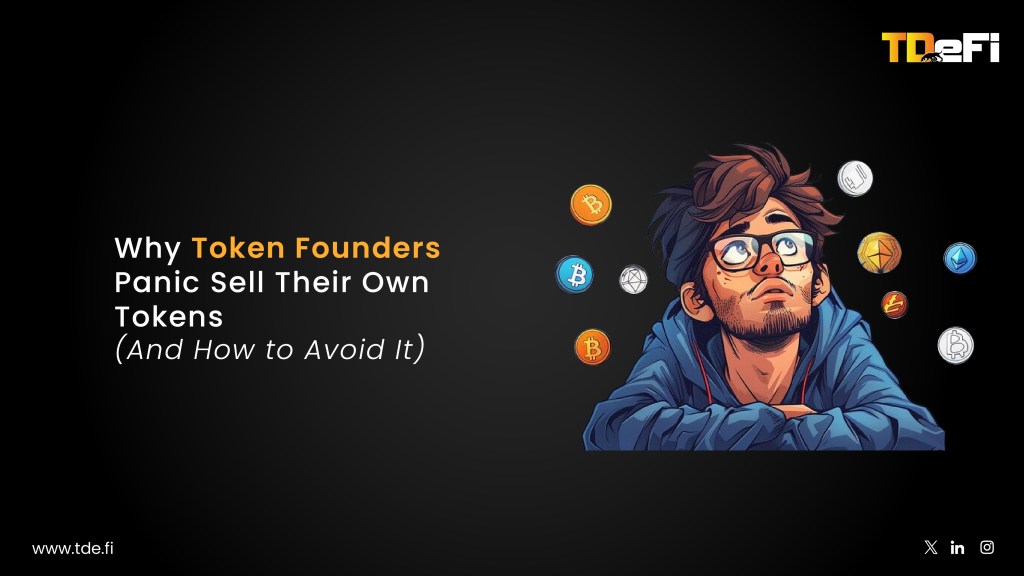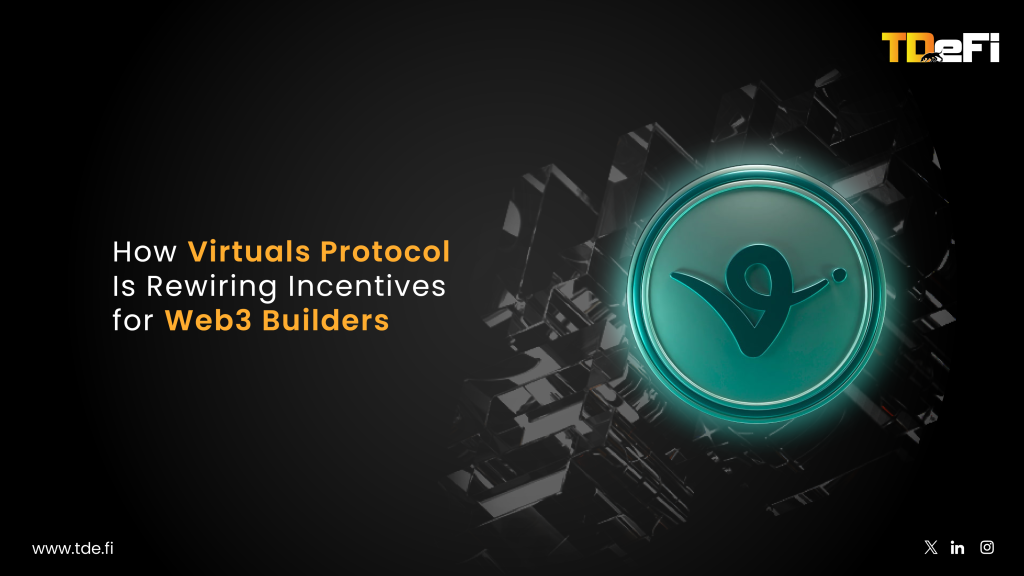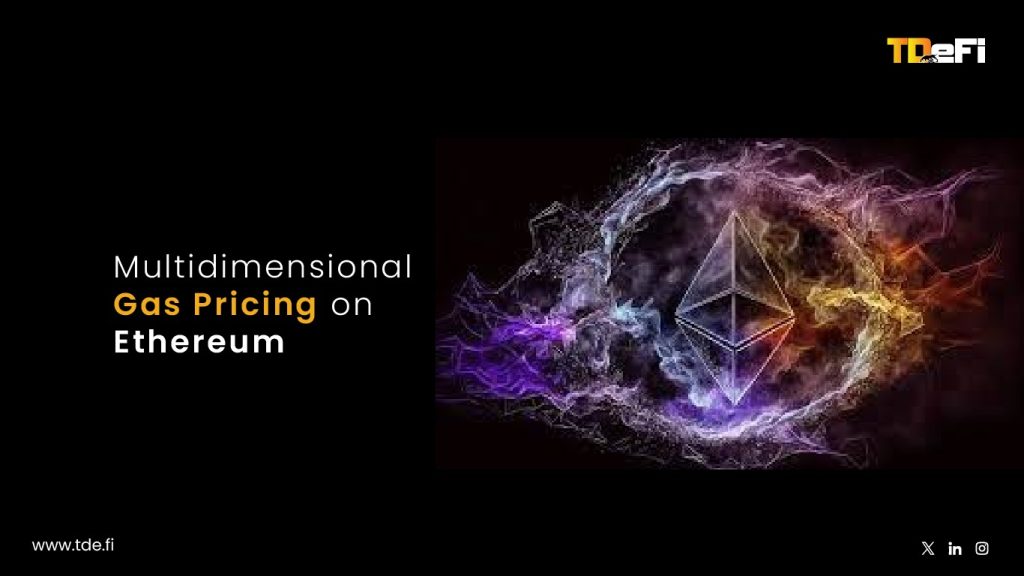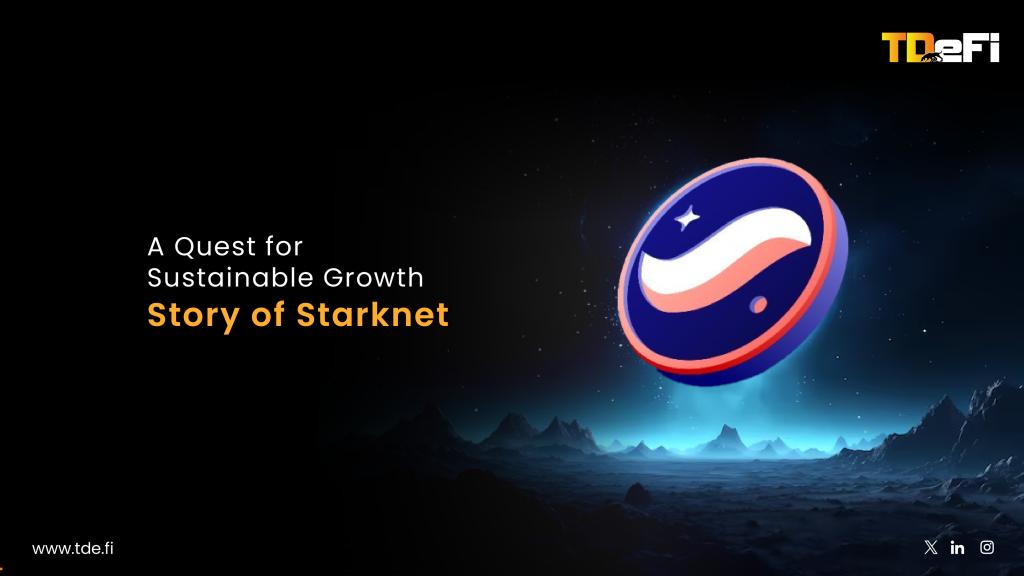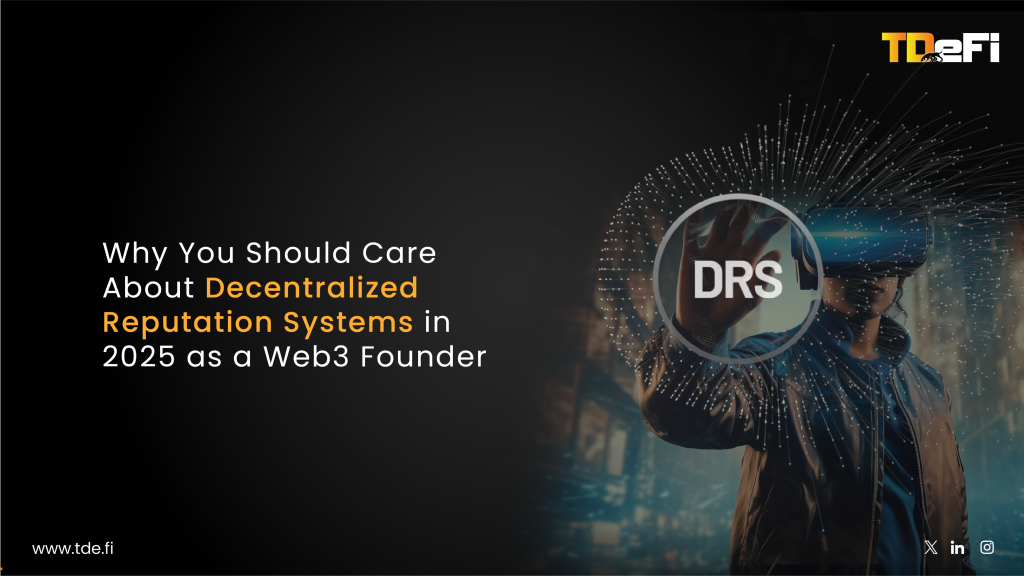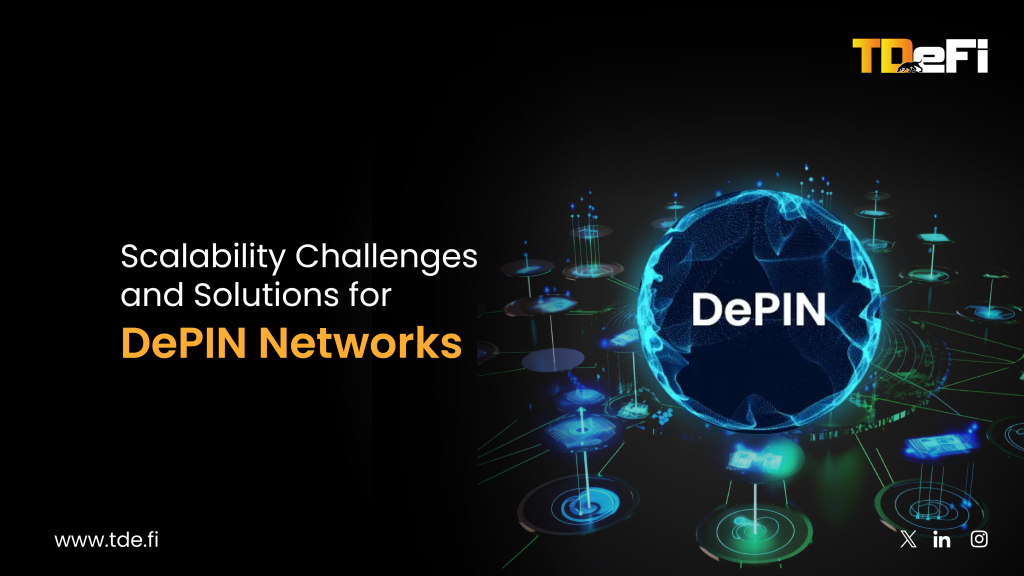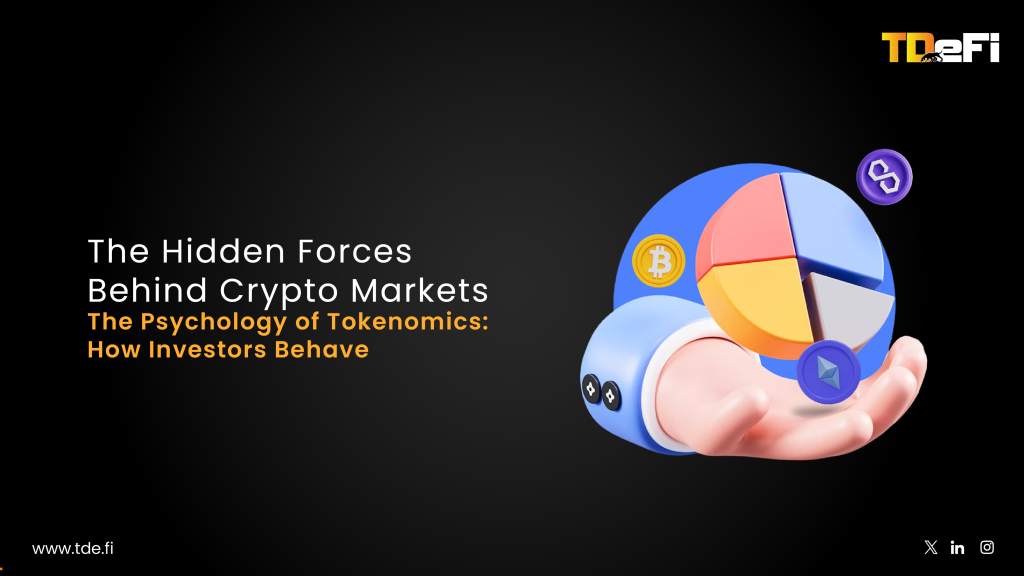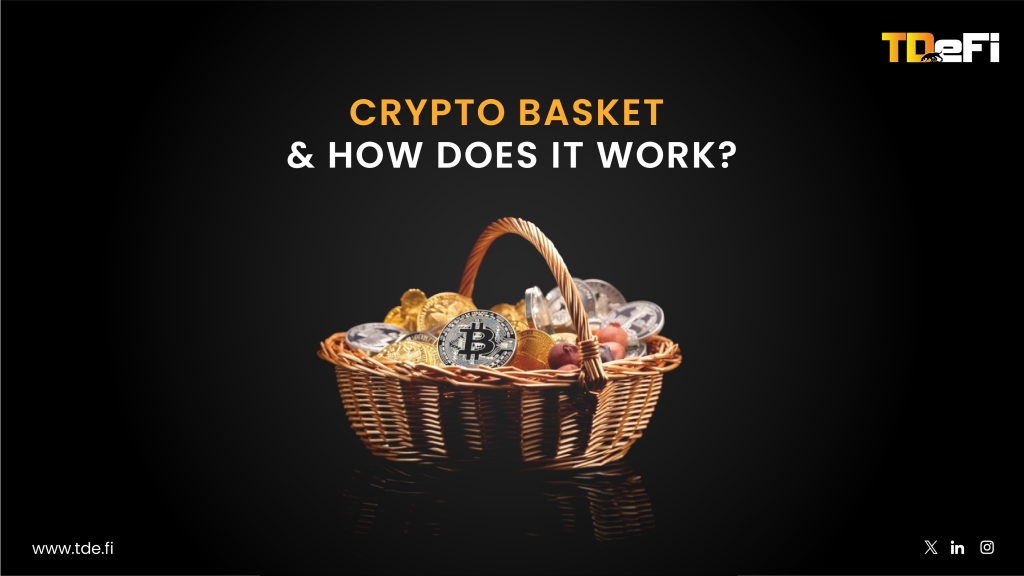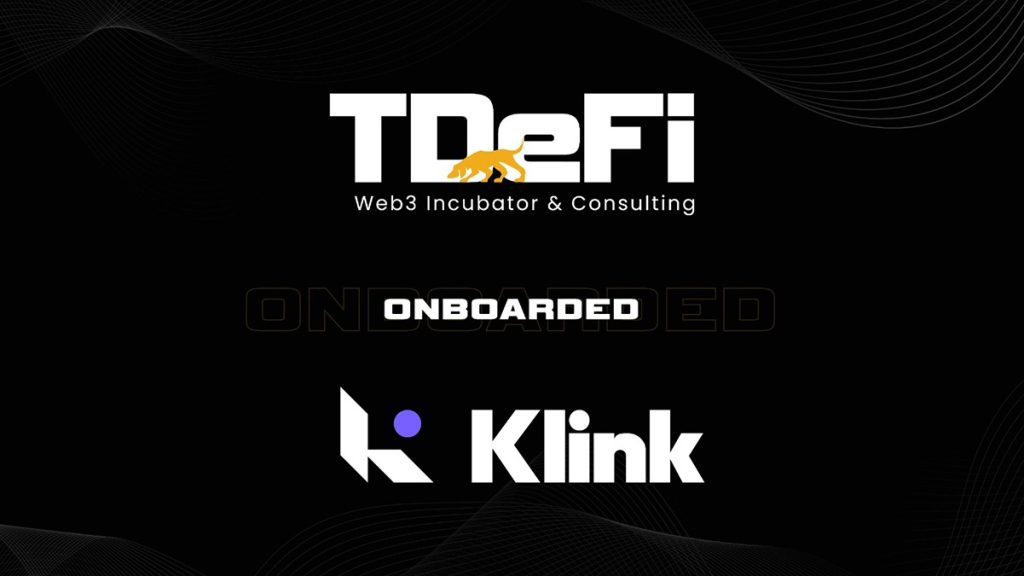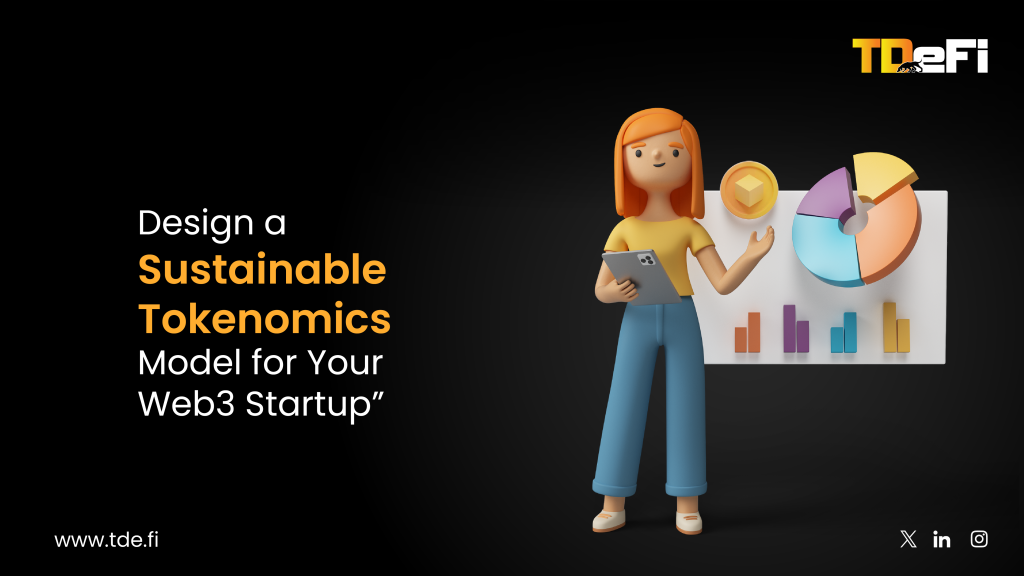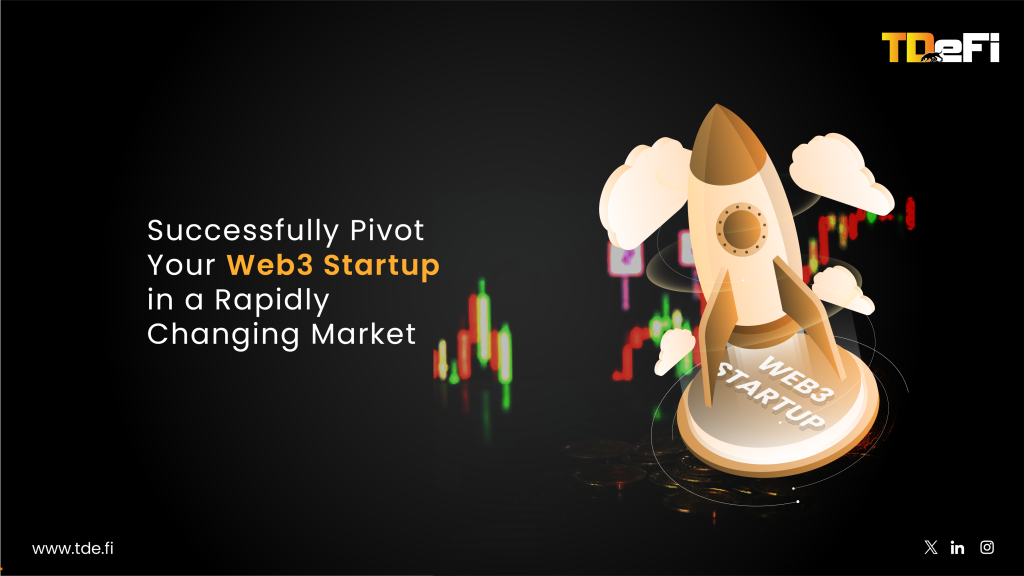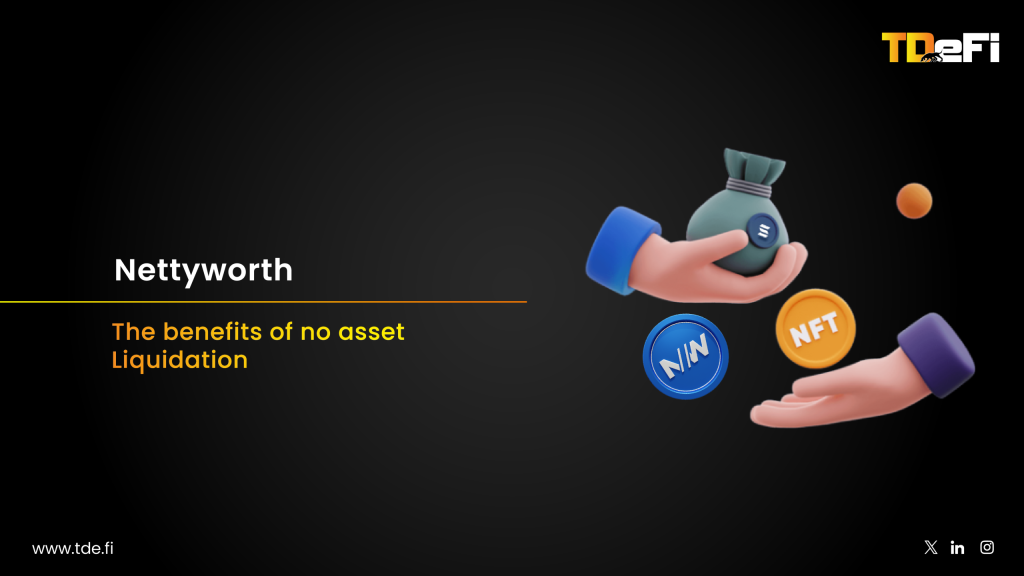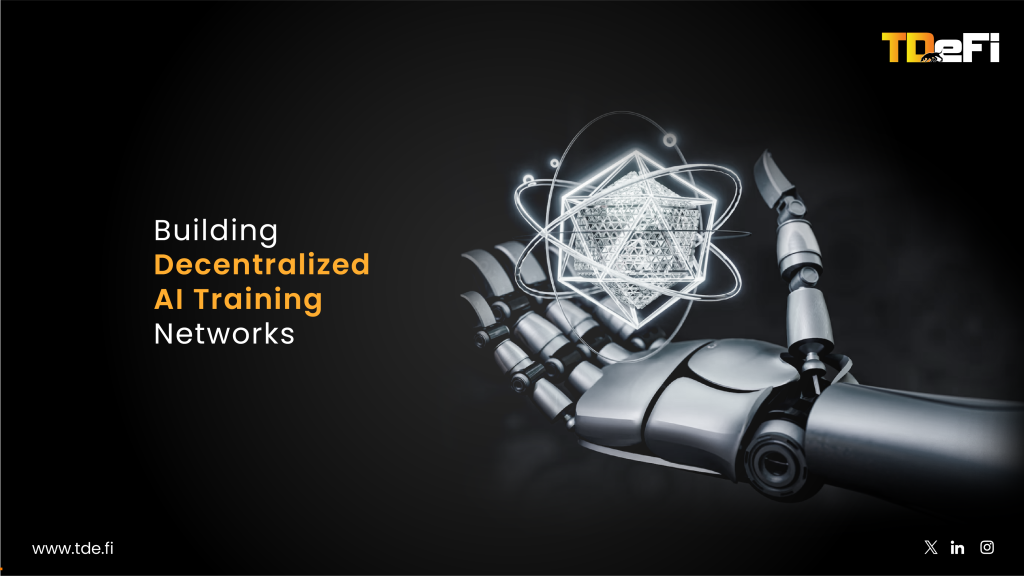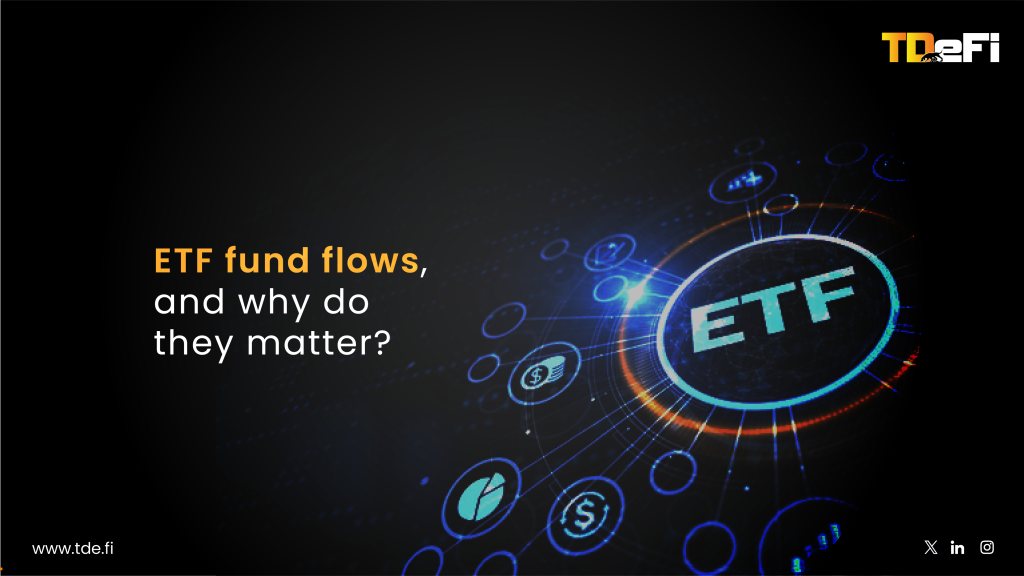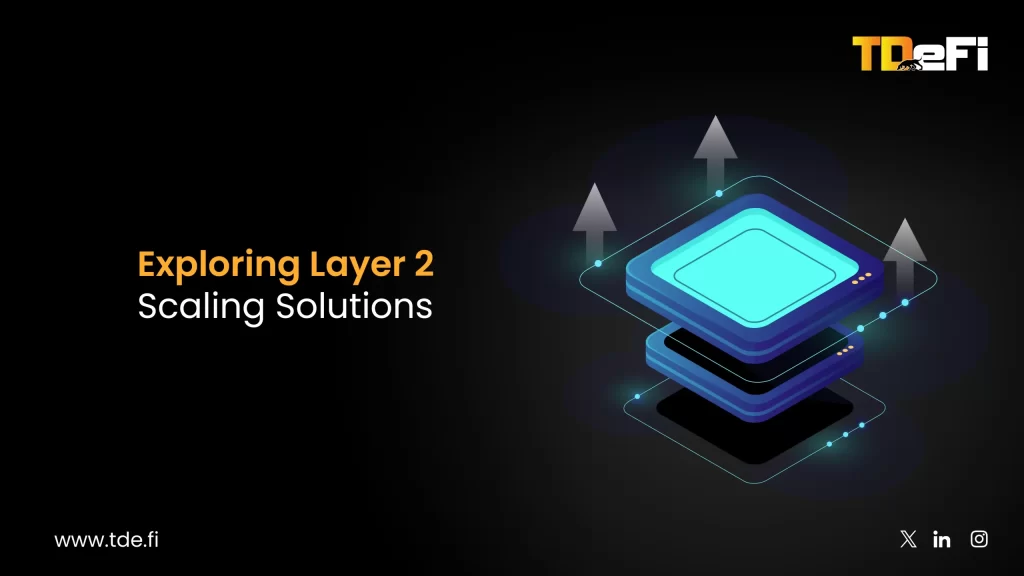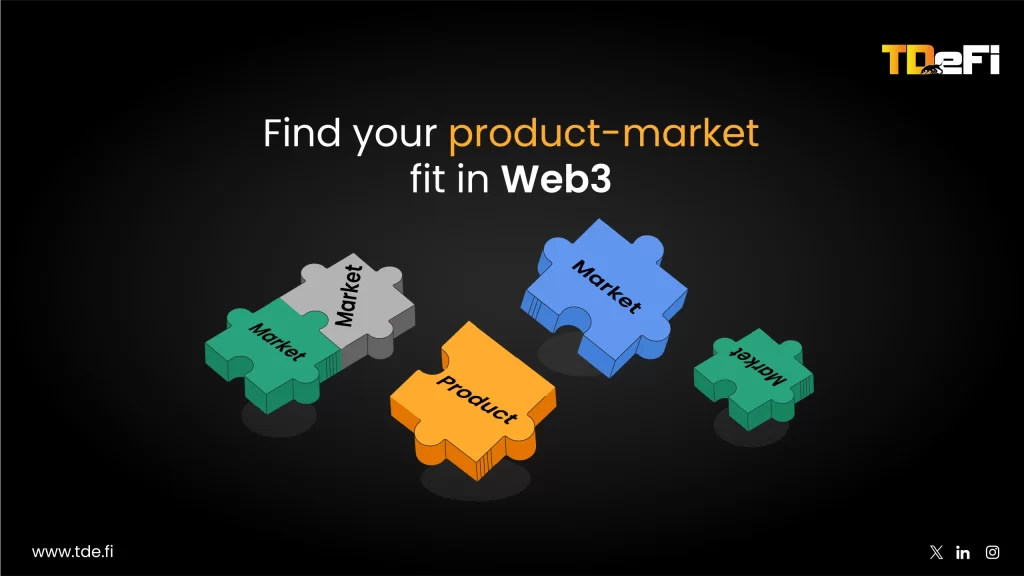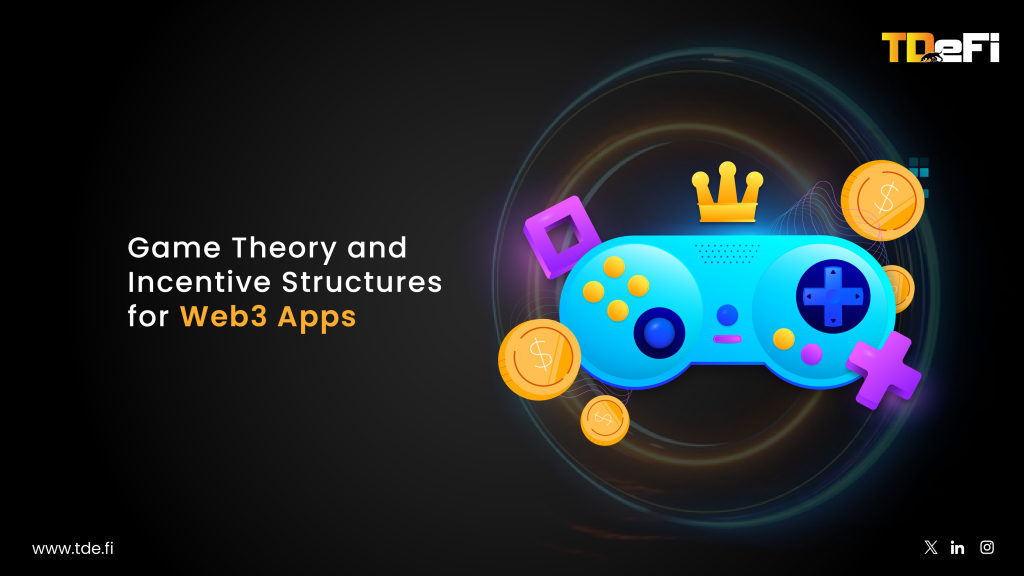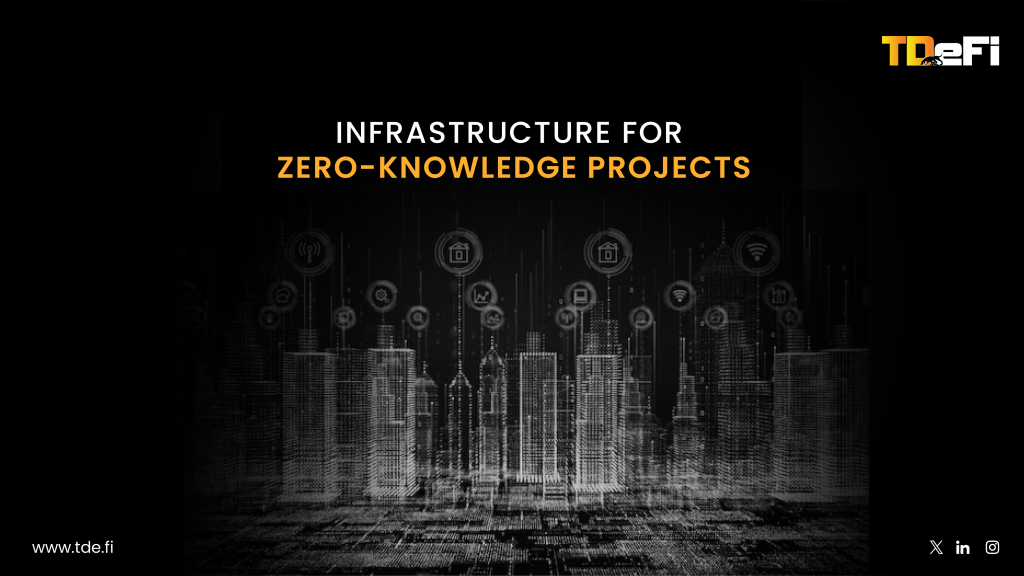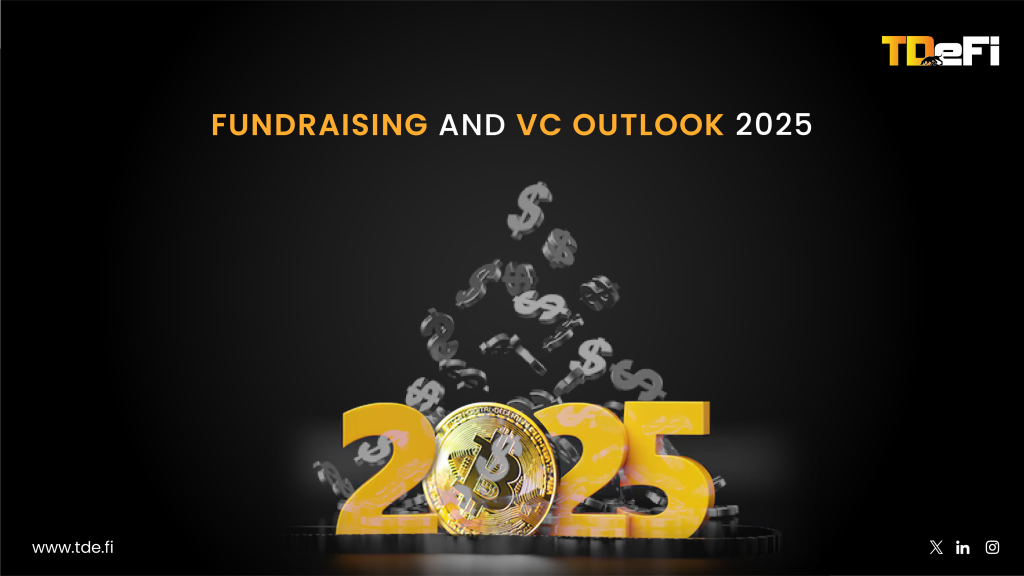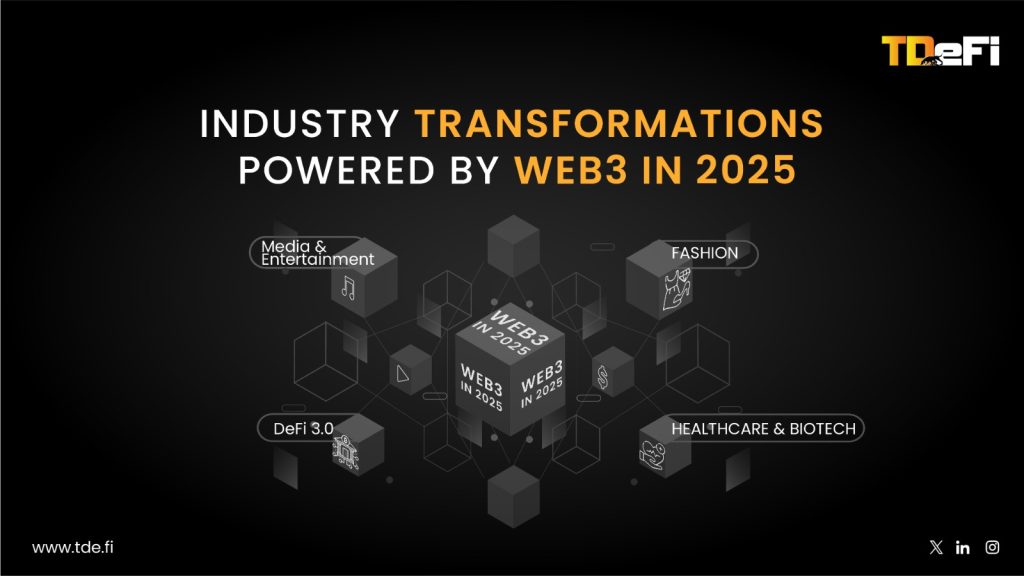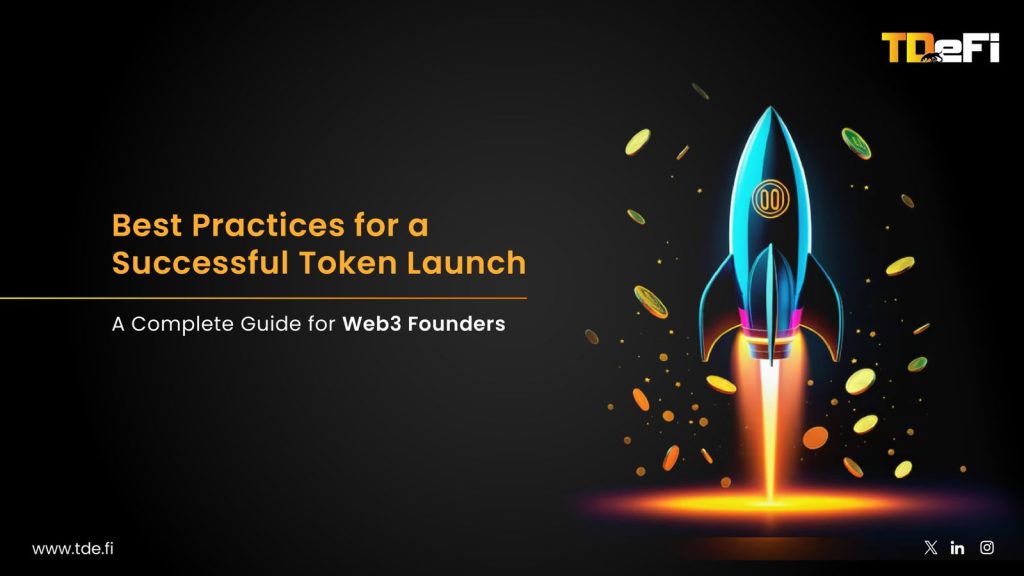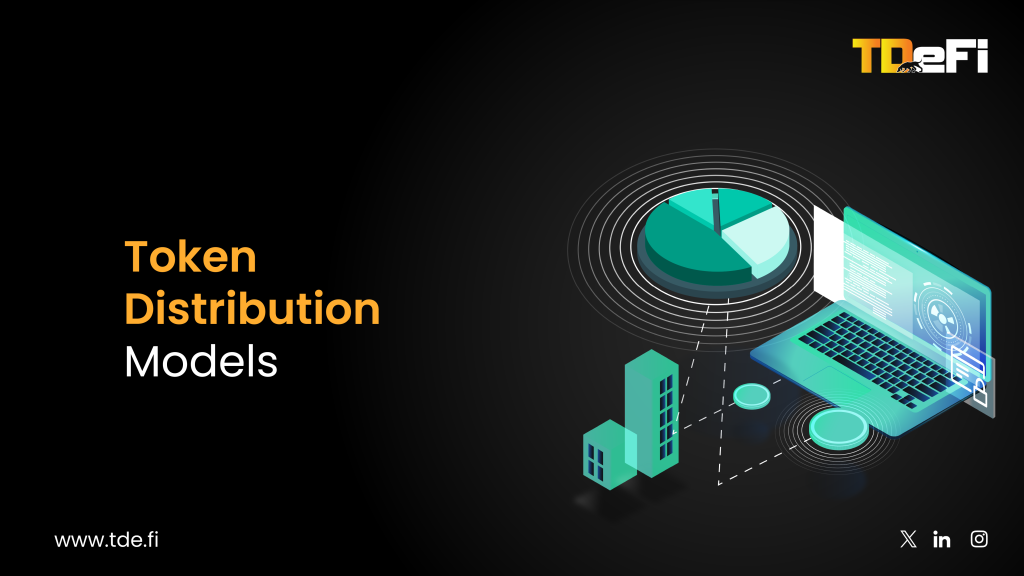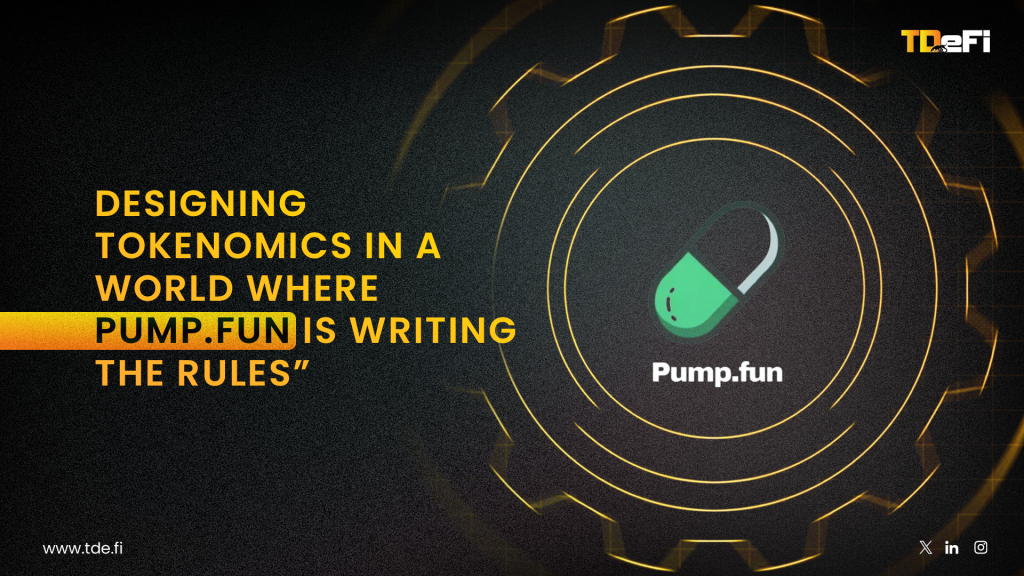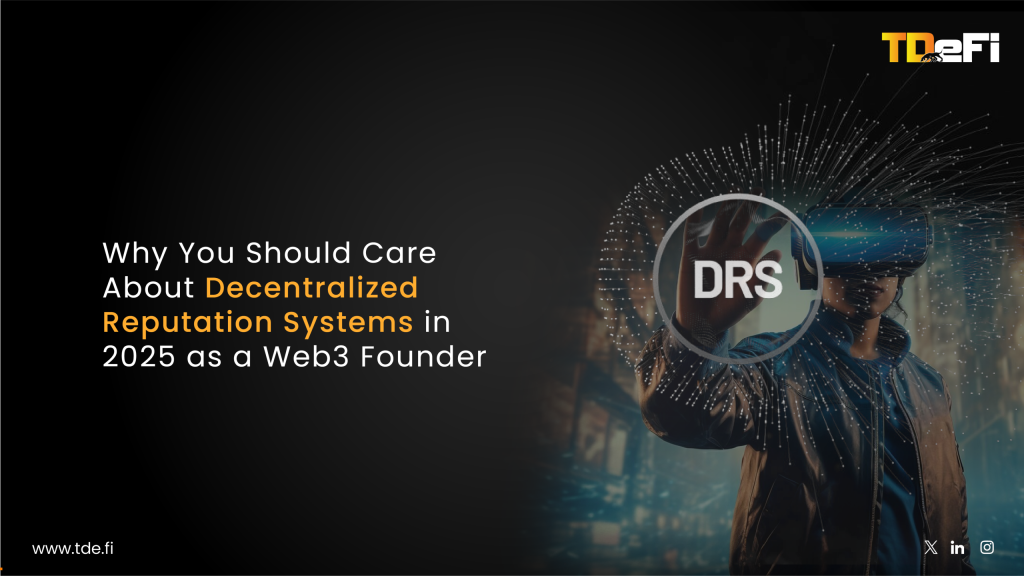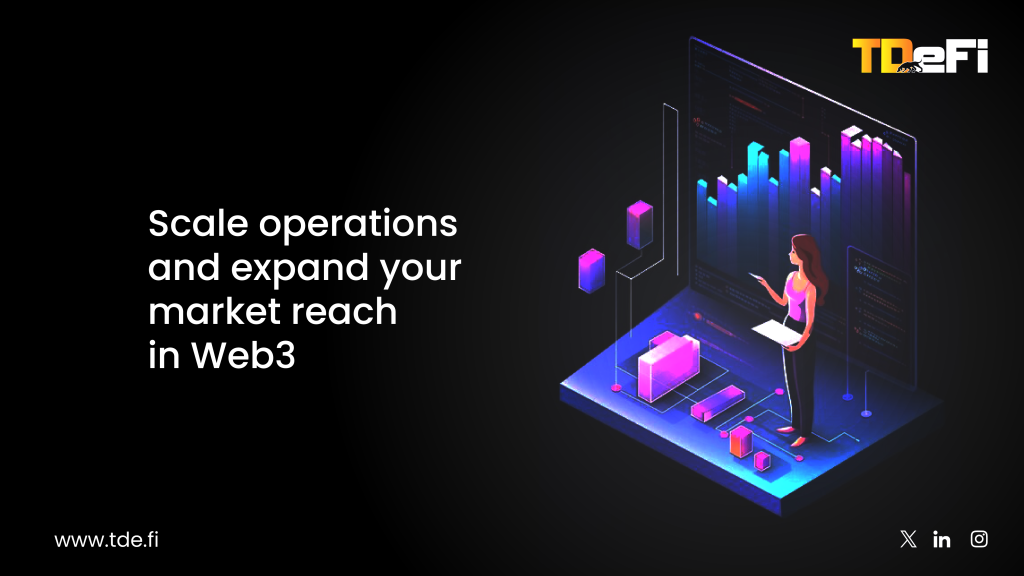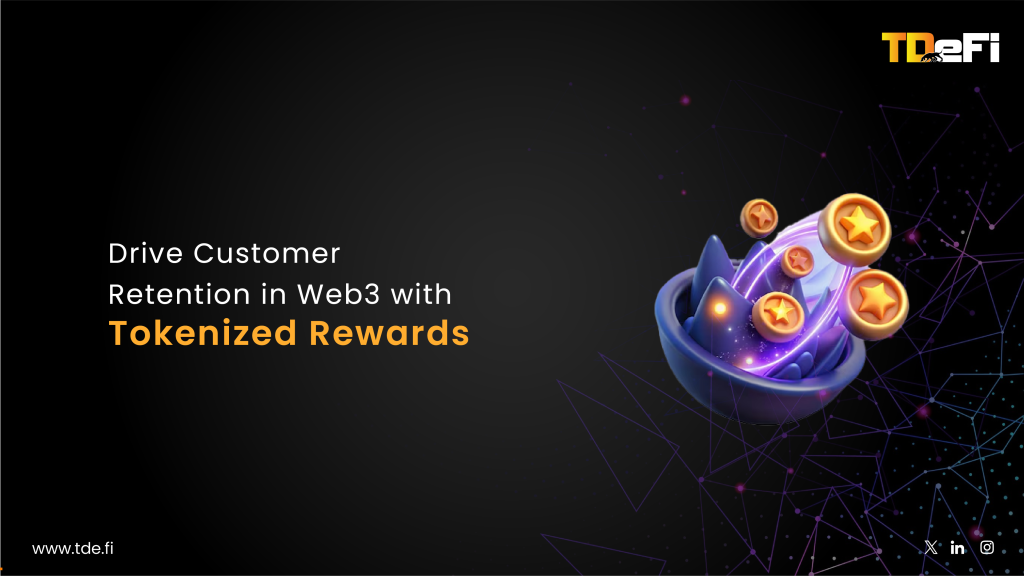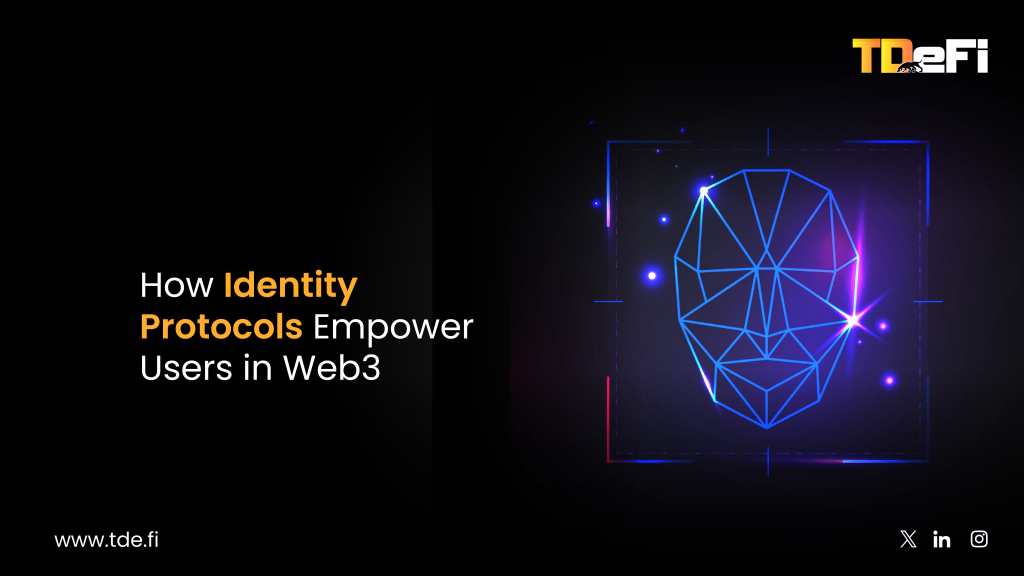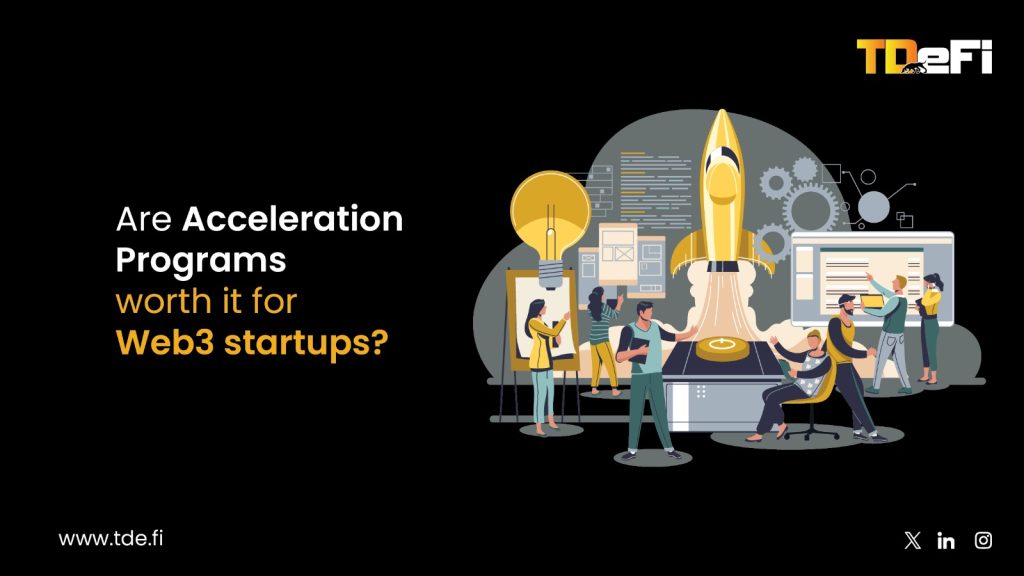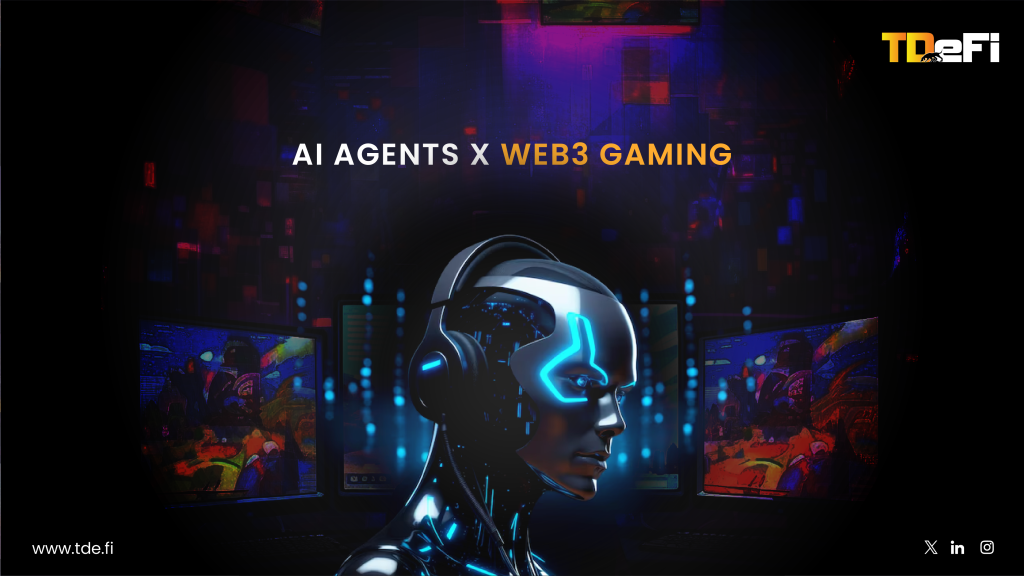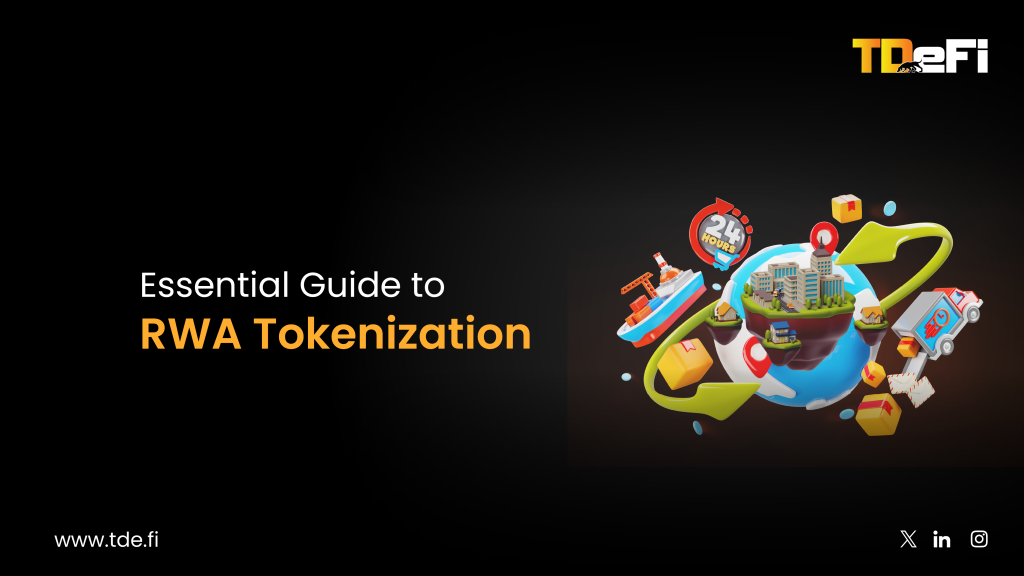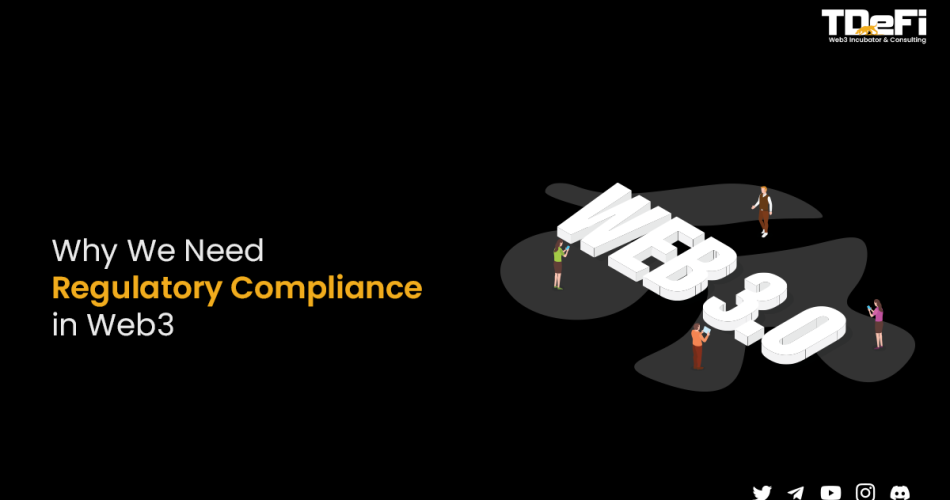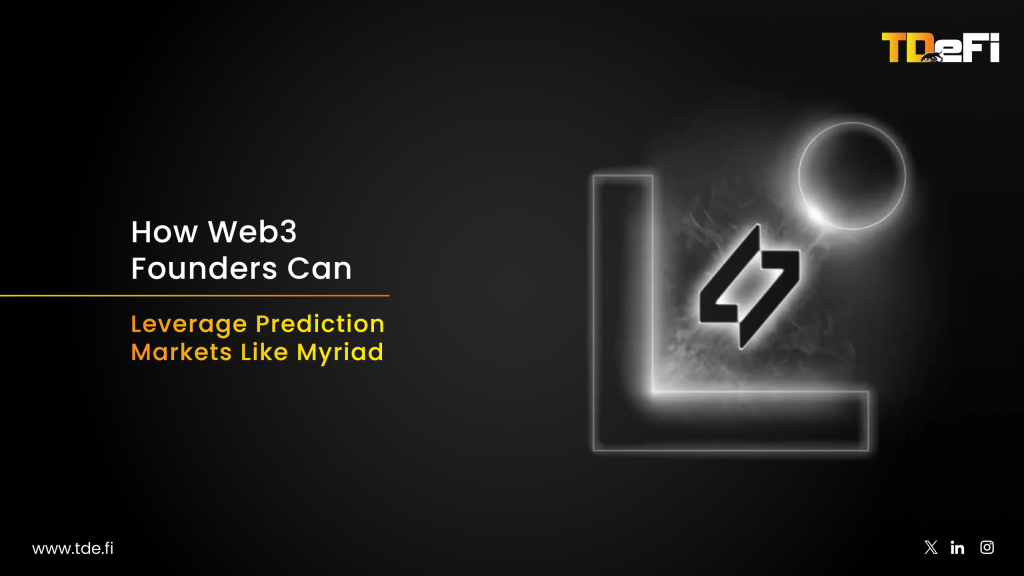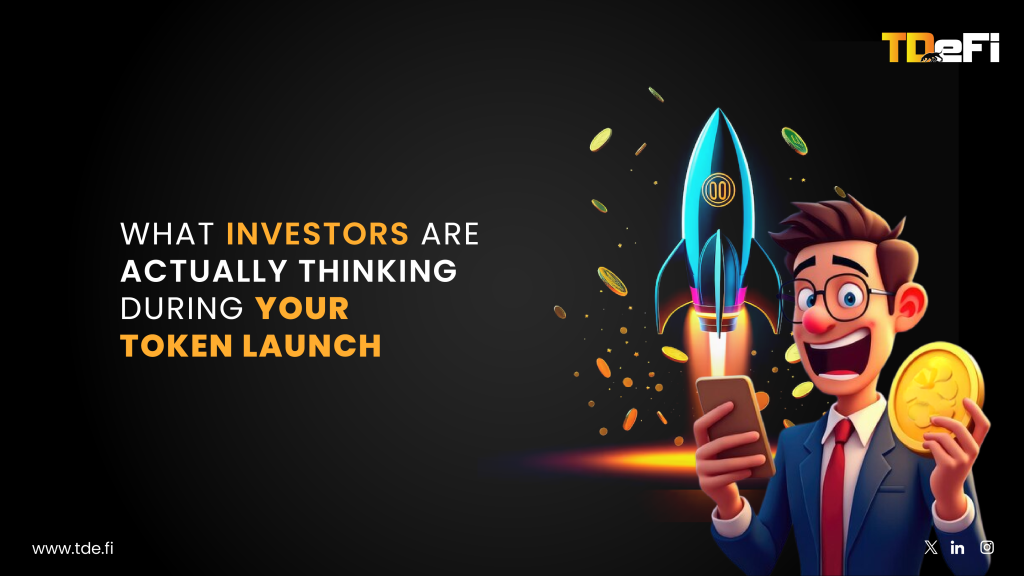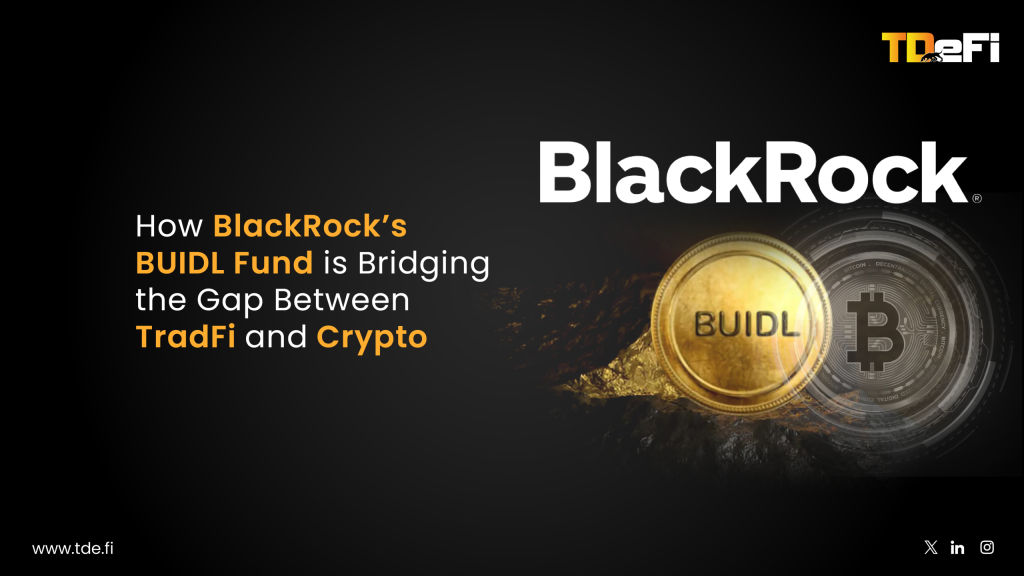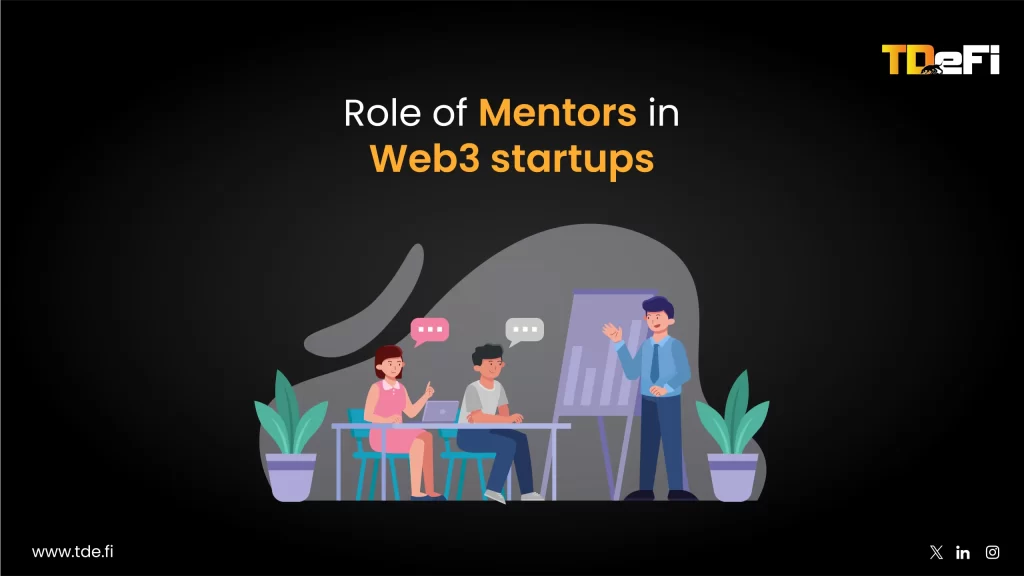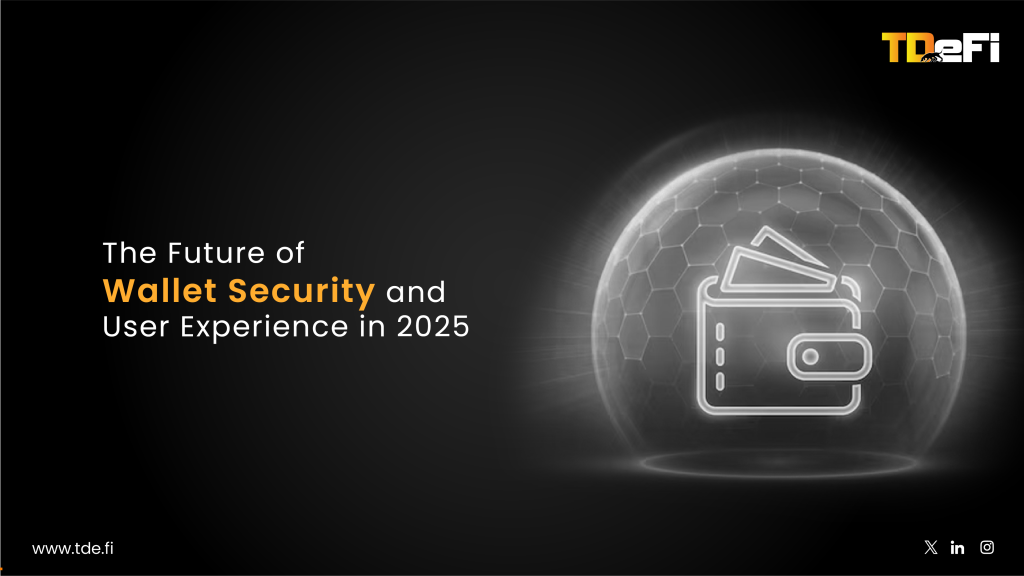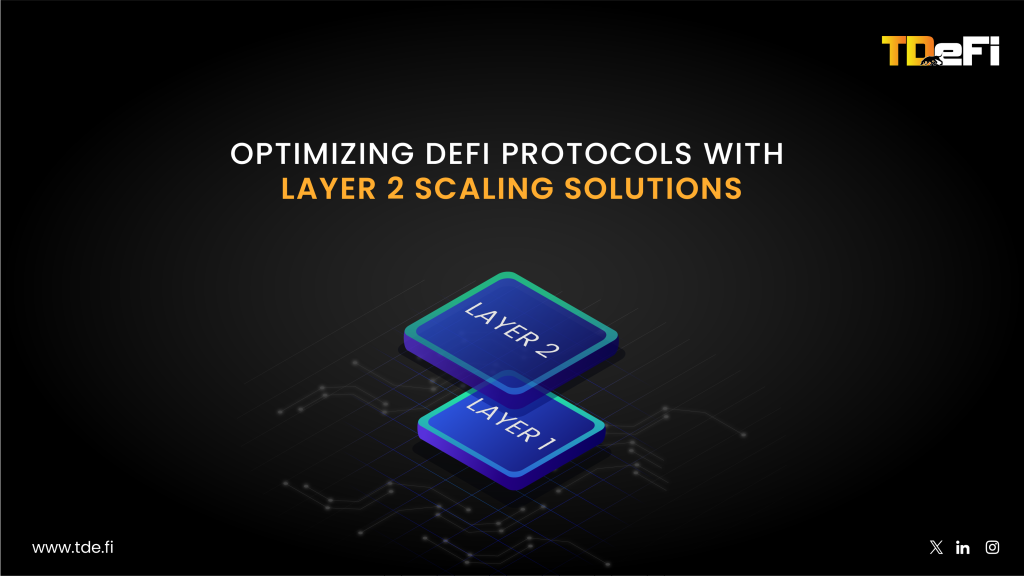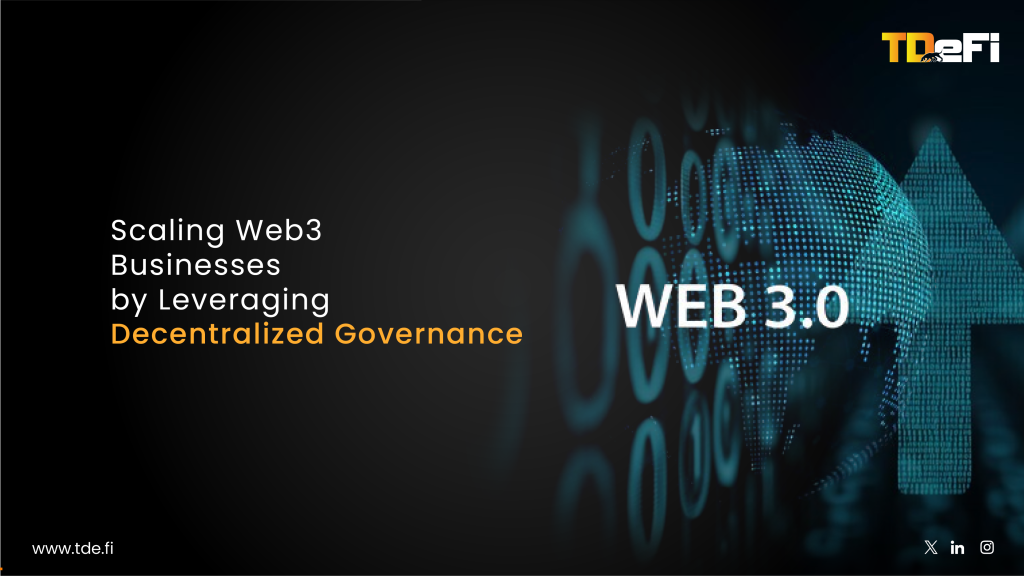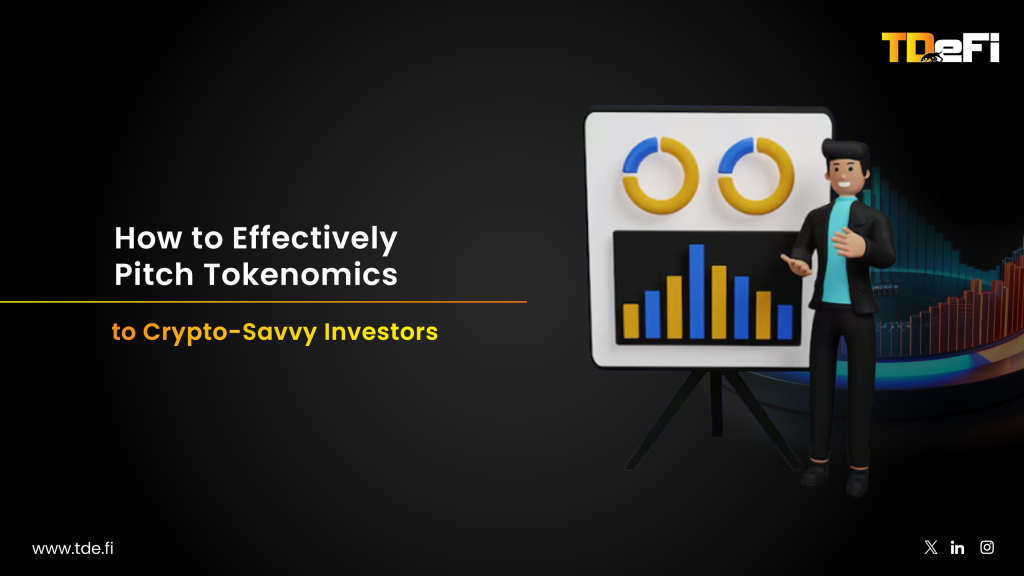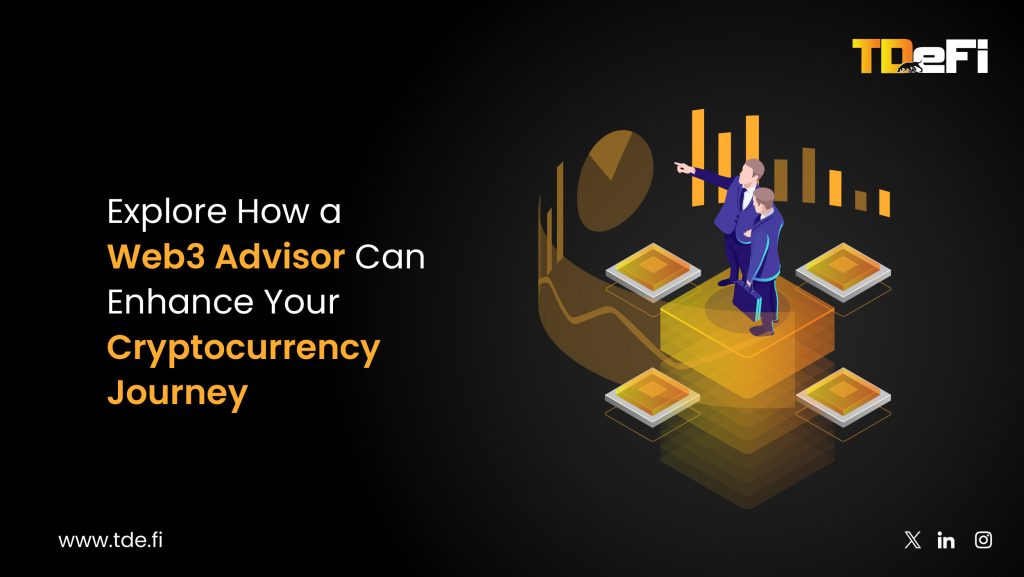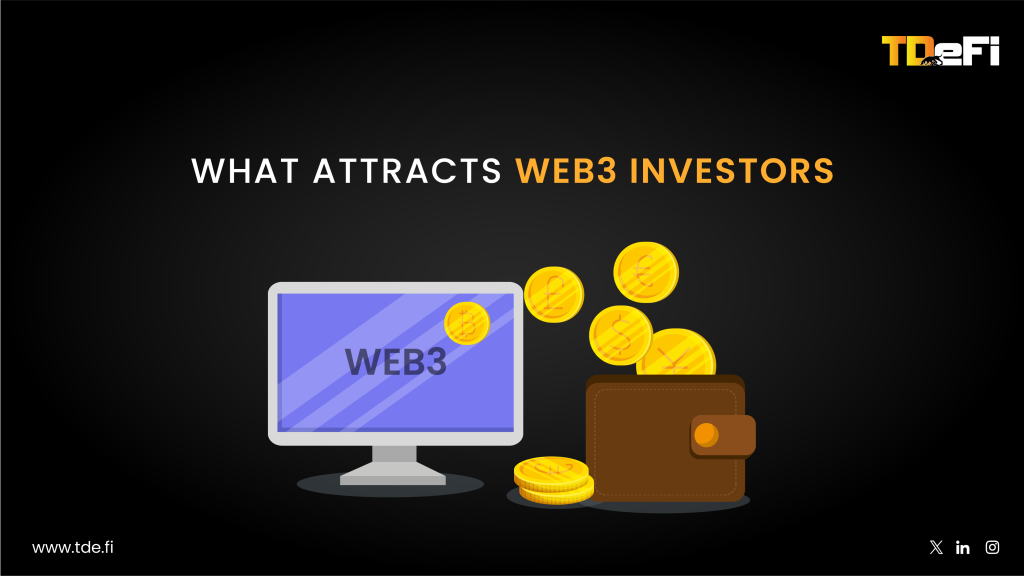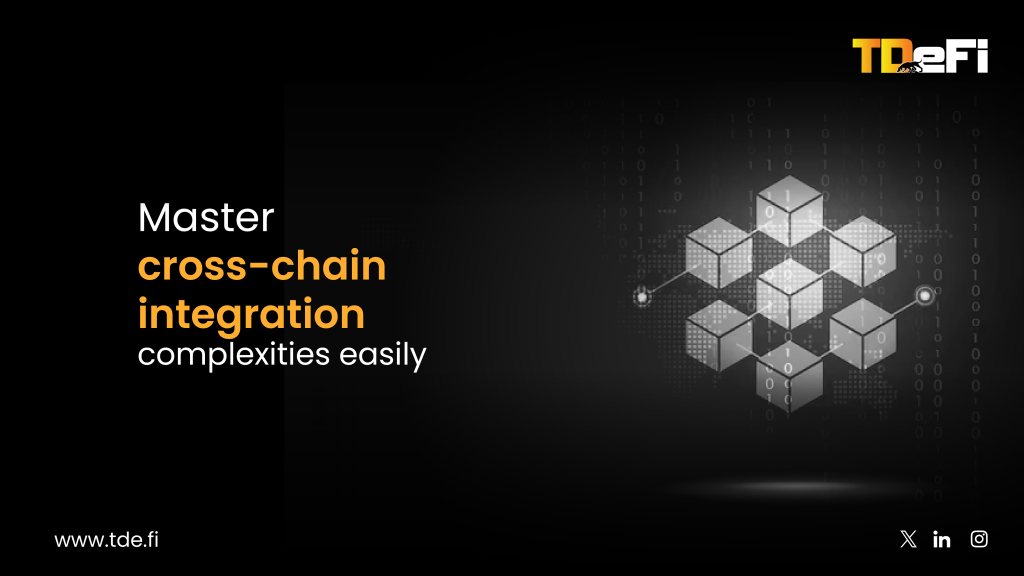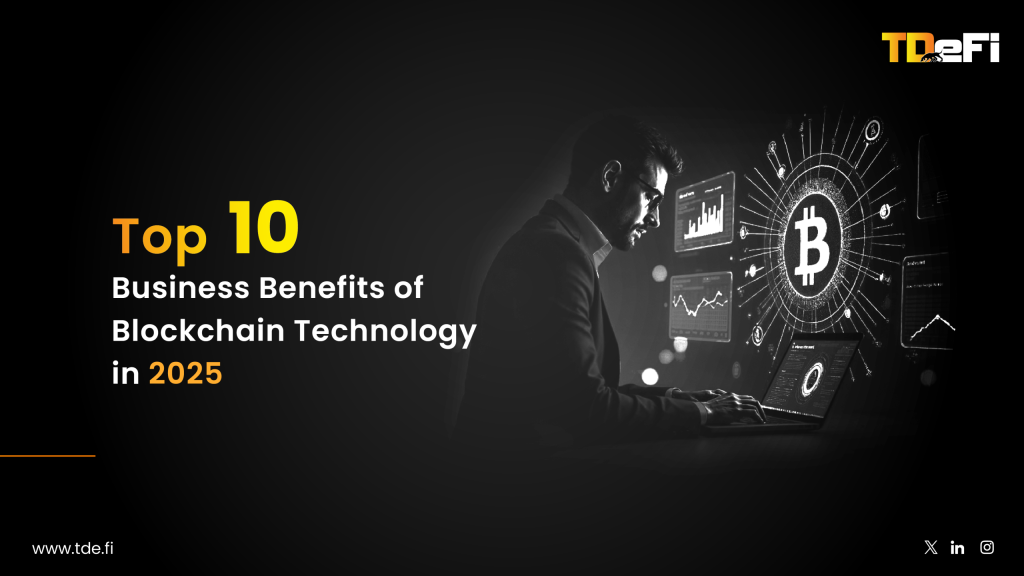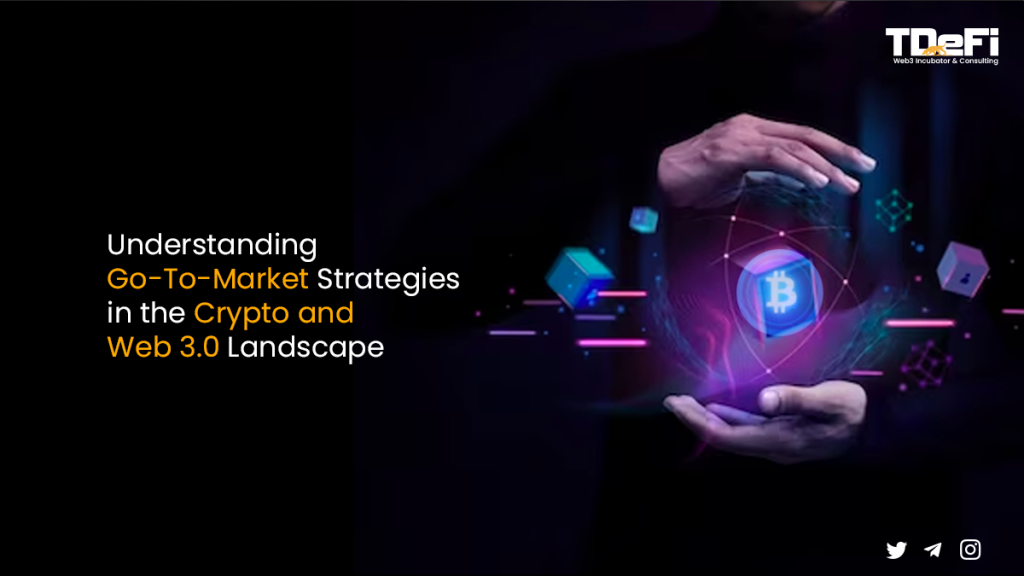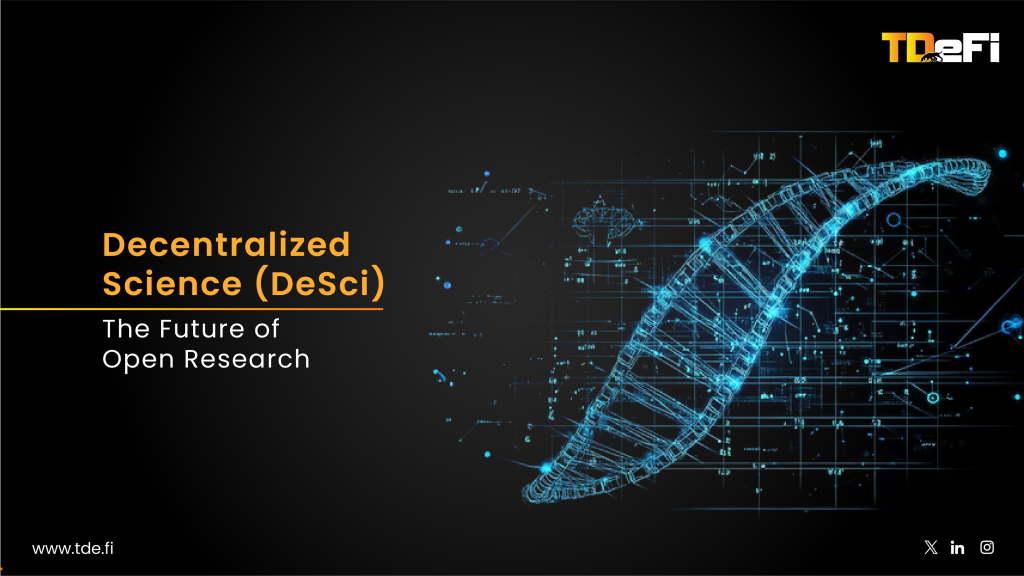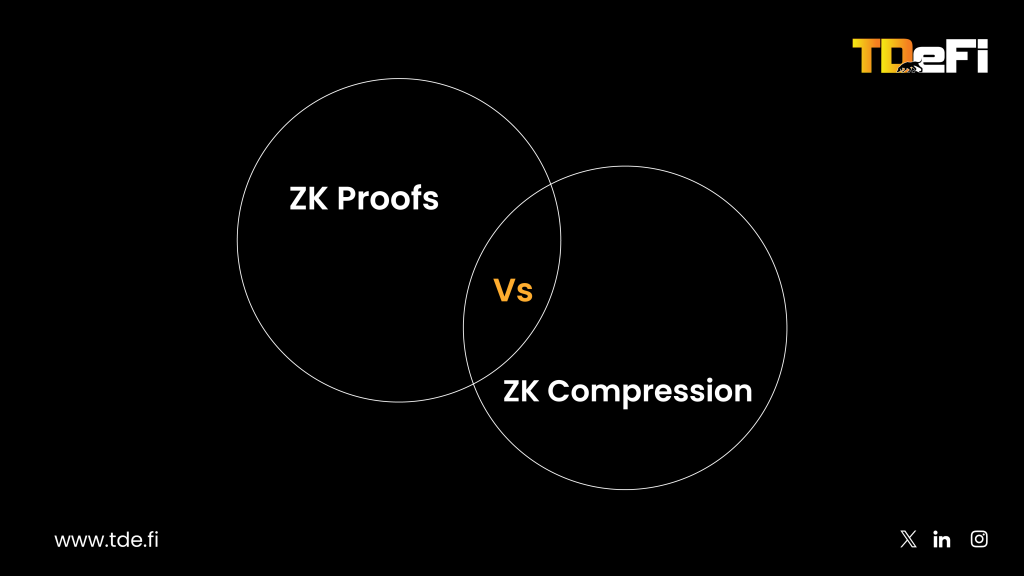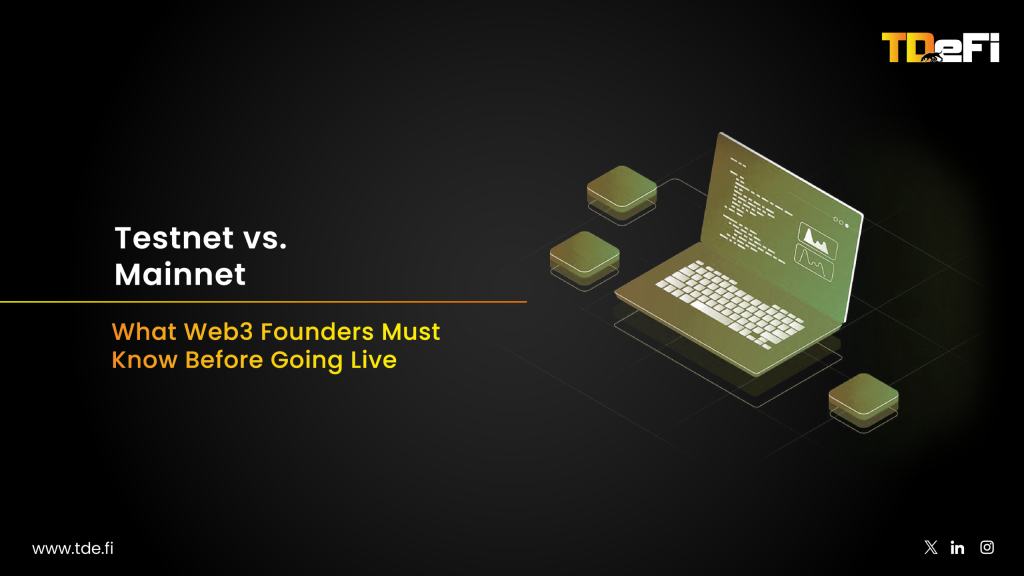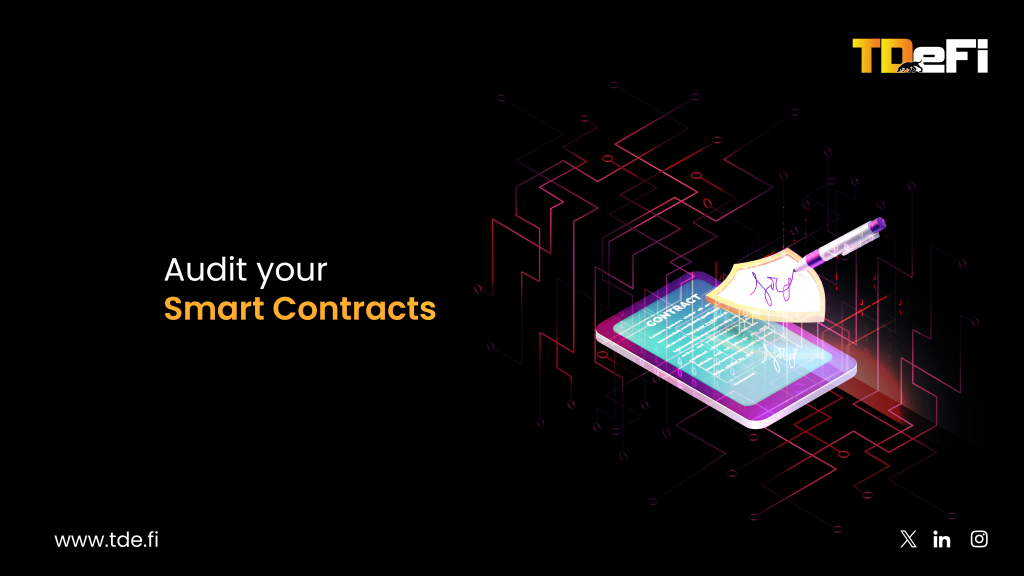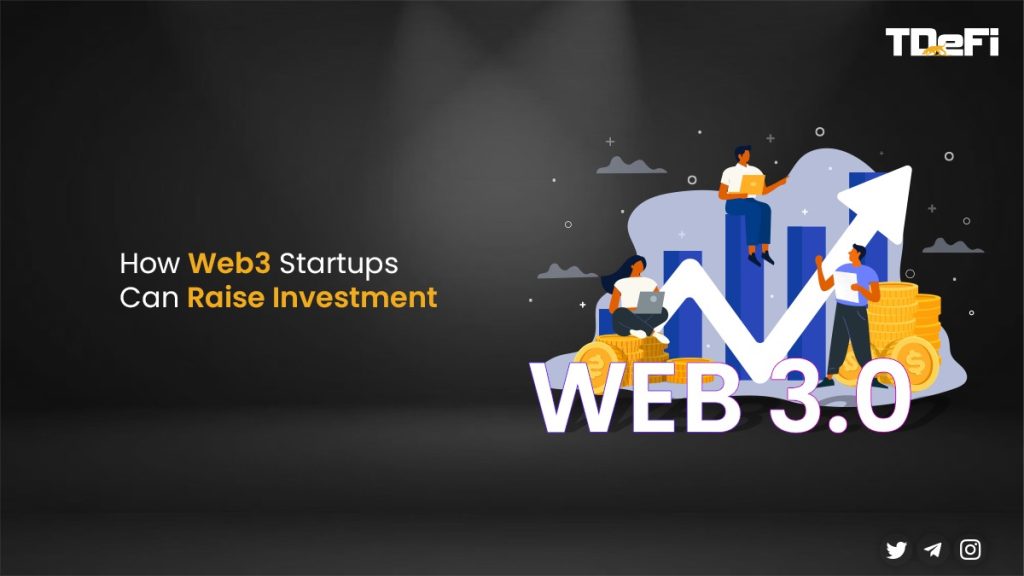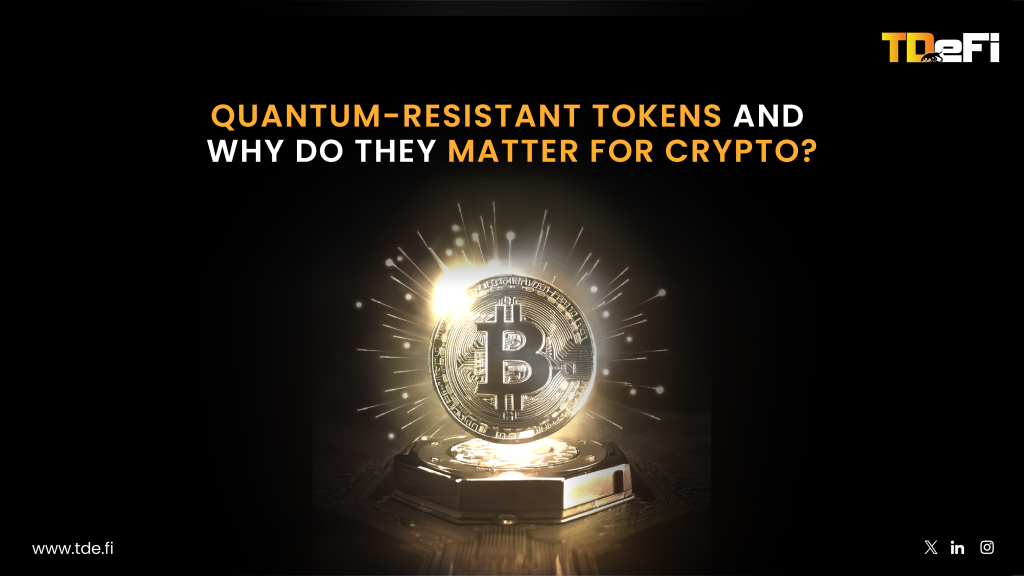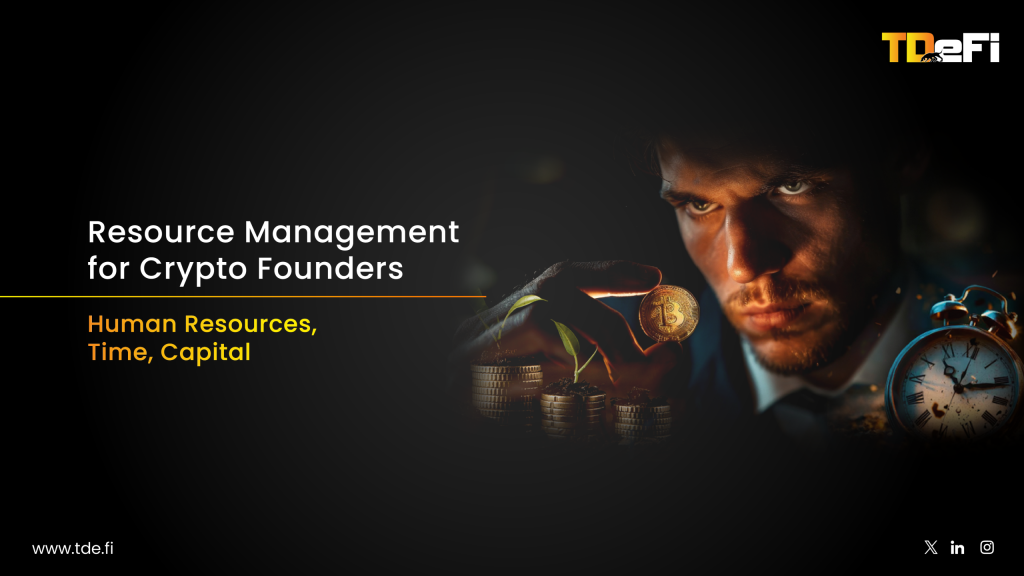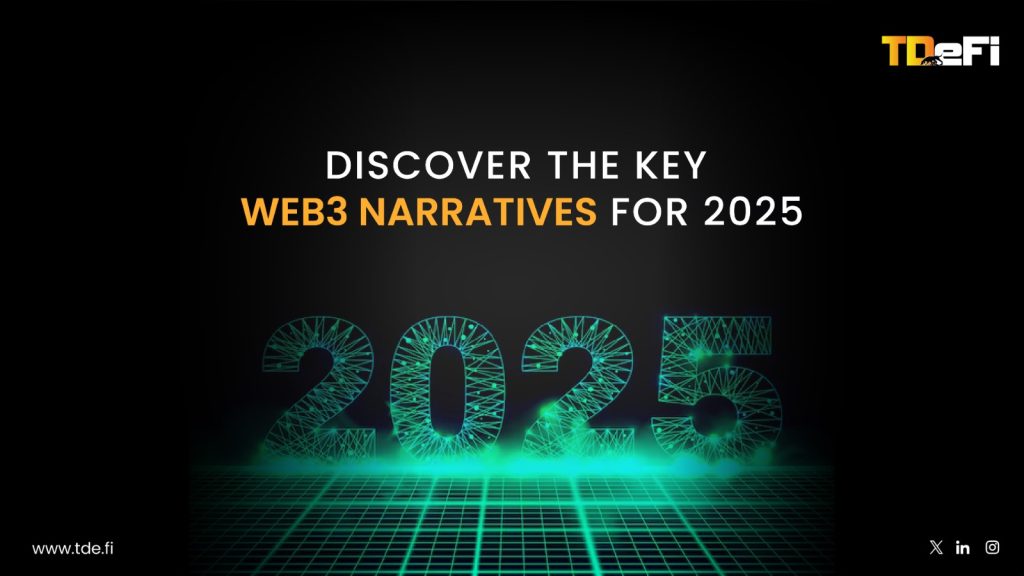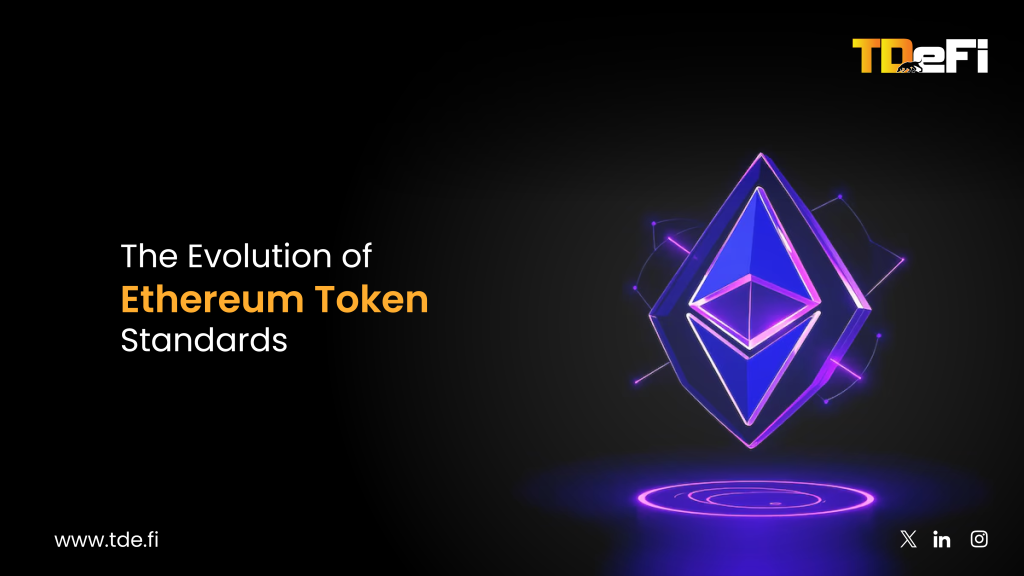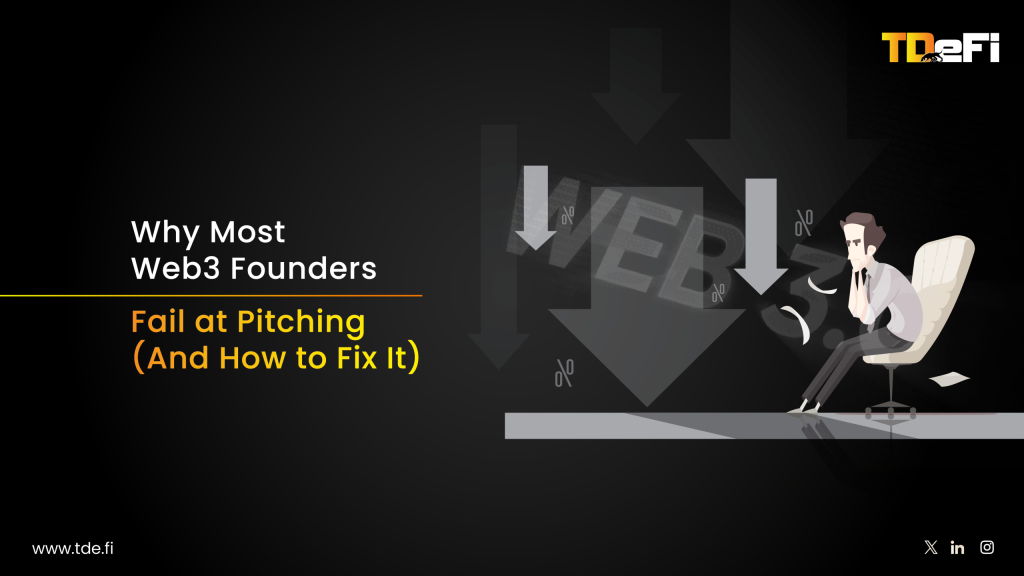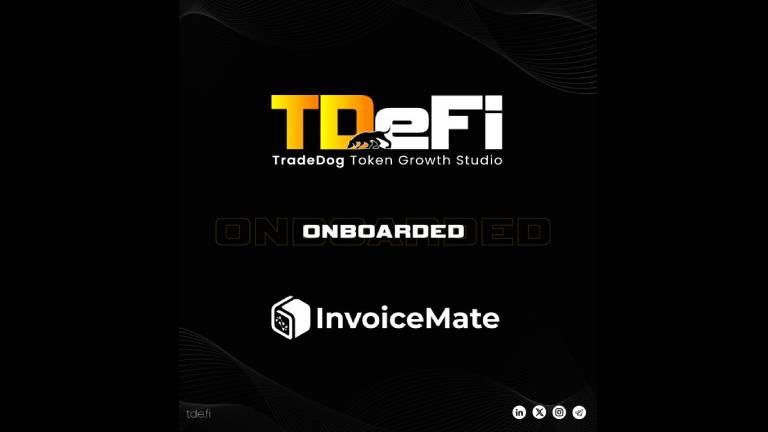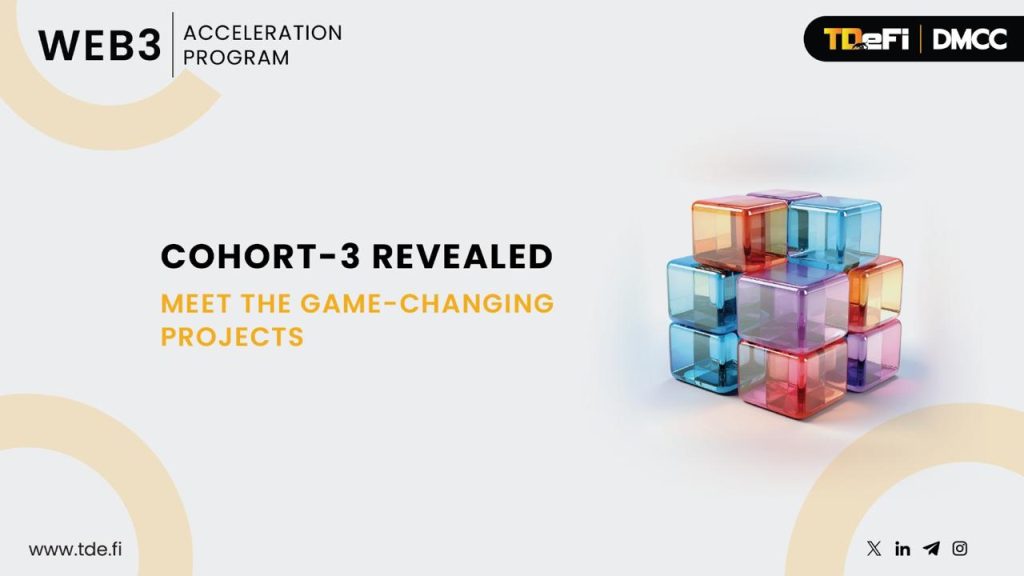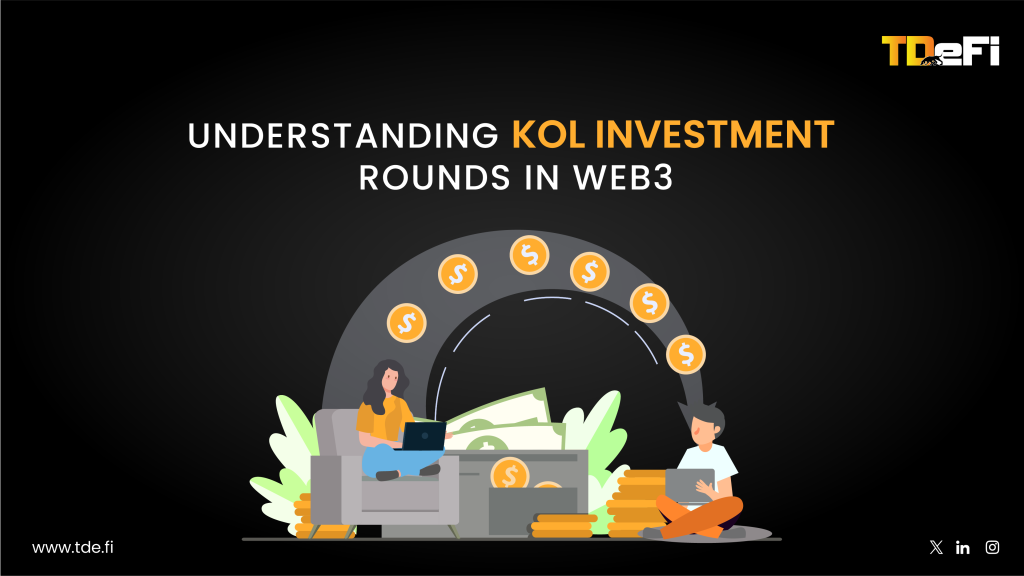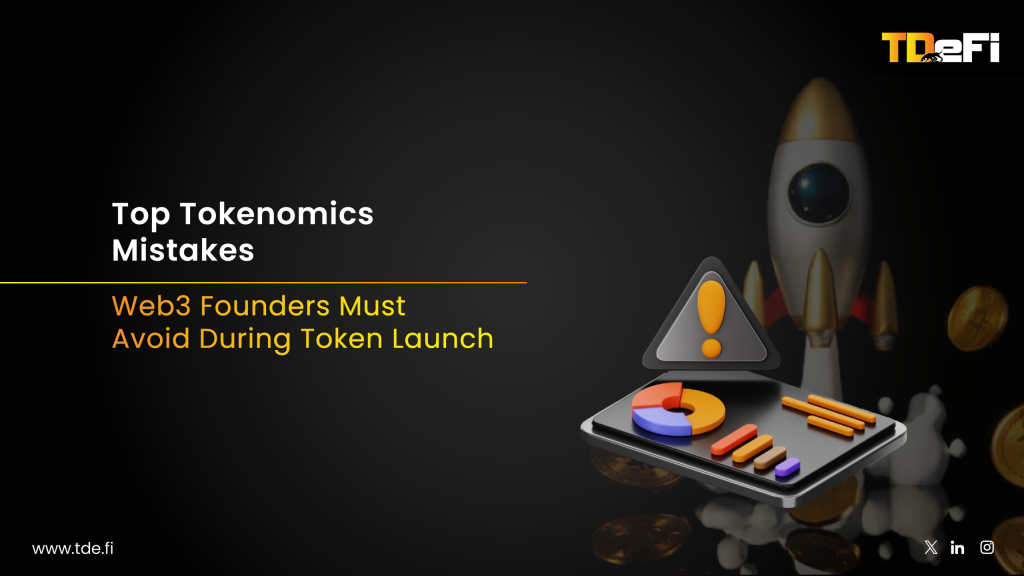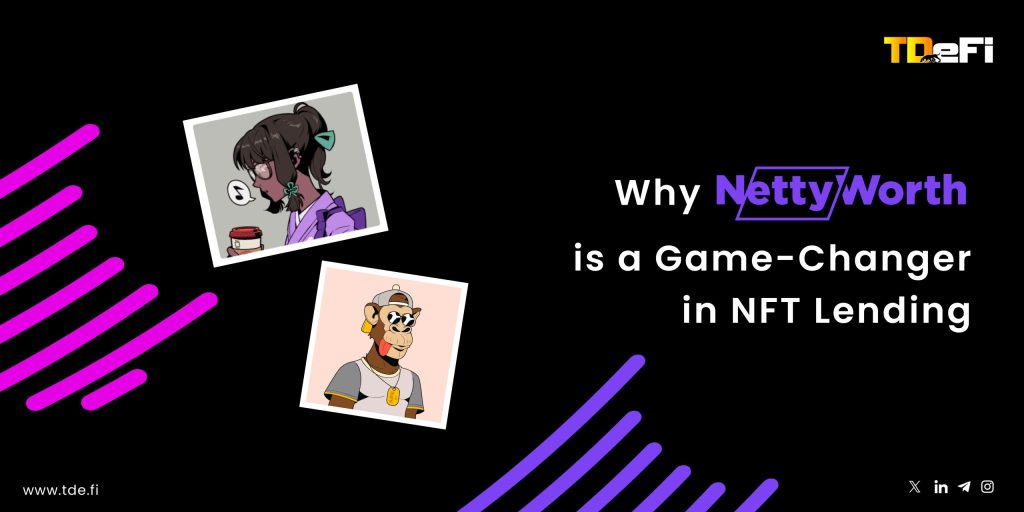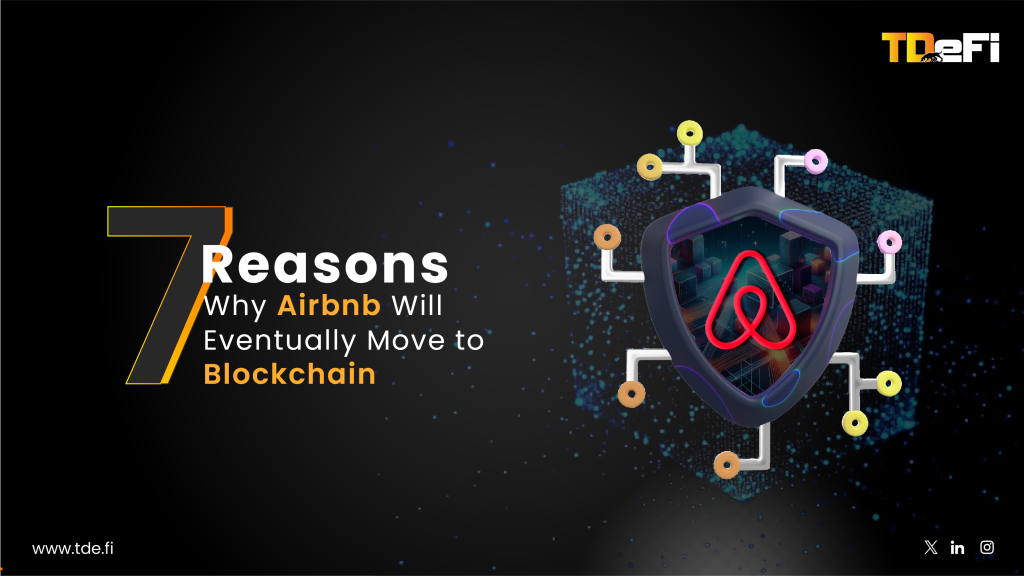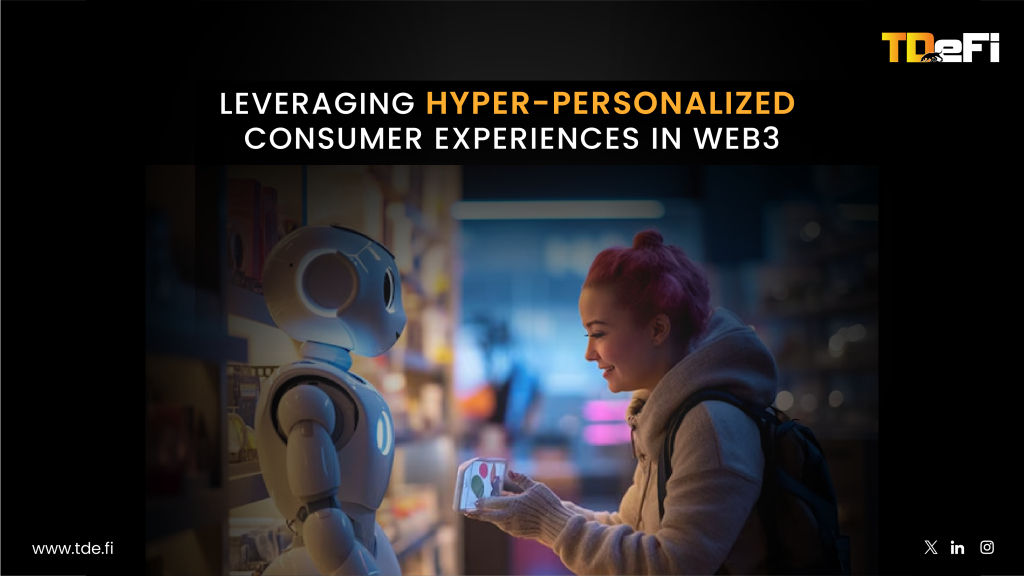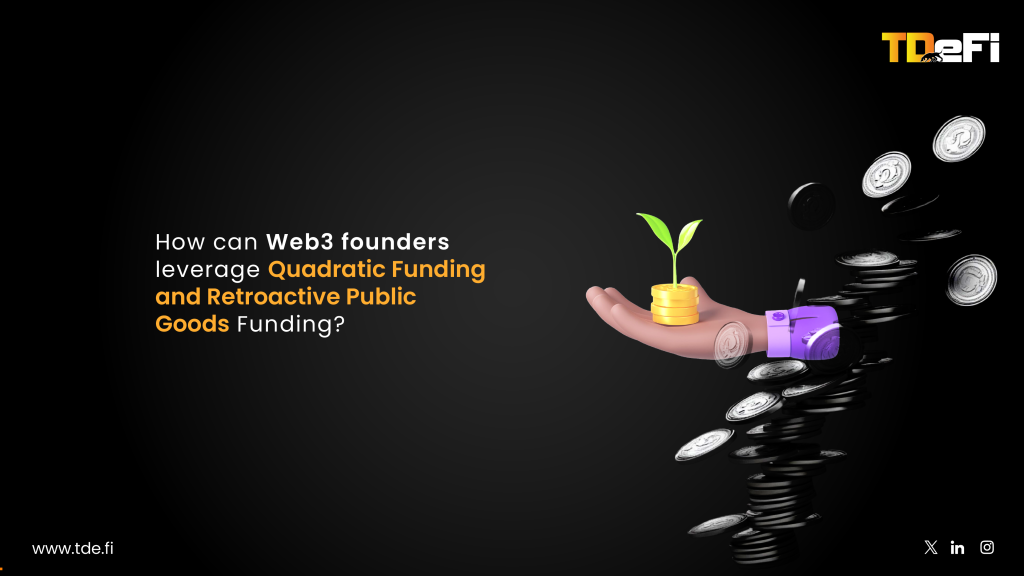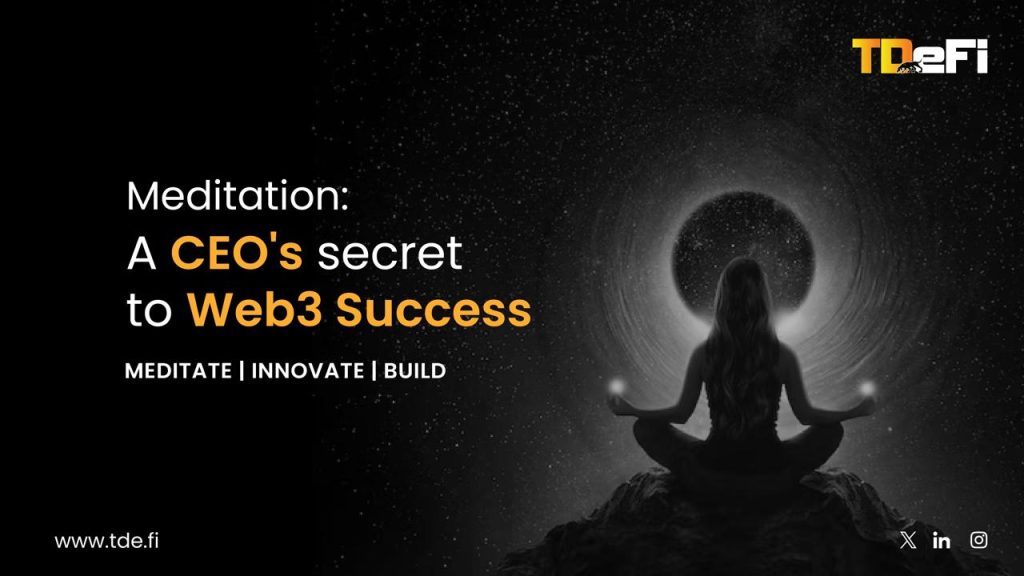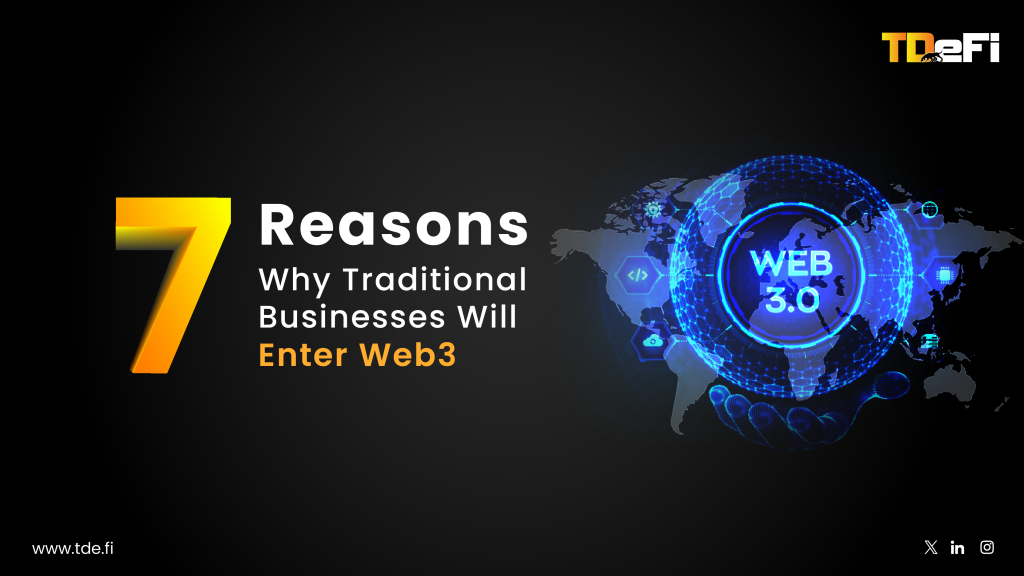You’re Not Building a Protocol. You’re Building a New Social Contract
As a Web3 founder in 2025, you’re not just shipping smart contracts or raising from DAOs. You’re negotiating a new kind of agreement, between users, machines, and capital. In the age of DePIN, DeSoc, and AI, the startup playbook isn’t just changing. It’s fracturing.
What used to be “build product, raise capital, acquire users” now feels like trying to construct a skyscraper on shifting tectonic plates. Every layer, infra, identity, economics, UX, is being rewritten. And the founders who win won’t be those who bet on a single vertical. They’ll be the ones who architect convergence.
Web3 is no longer just a protocol game. It’s a coordination game. And that changes everything.
From Clicks to Coordination: How DePIN Flips the Startup Stack
The success of Uber, Airbnb, and Doordash rested on their ability to coordinate physical infrastructure with demand. But they did it with deep capital pools and centralized control. DePIN protocols now do the same with token incentives and bottom-up participation.
Startups like Helium, Hivemapper, and io.net are demonstrating a new kind of growth: user-owned infrastructure. Instead of spending billions to deploy servers, hotspots, or data fleets, founders are incentivizing the community to build the infrastructure with them.
This isn’t just capital-efficient, it’s anti-fragile. Every new contributor doesn’t just expand the network; they also defend it.
Implication: As a founder, you’re no longer just a builder. You’re an orchestrator of incentives, hardware, and data flows. DePIN use cases demand that you rethink distribution: your best sales team might be your earliest node operators.
AI Isn’t Just a Tool, It’s a Co-Founder with a Wallet
AI is no longer just optimizing trading strategies or summarizing governance proposals. Autonomous agents are now navigating Web3 protocols, participating in DAOs, minting NFTs, even arbitraging gas fees.
These are not scripts. These are self-learning entities with multi-chain reach and composable logic. And they’re changing who you build for.
Imagine launching a protocol where half your users are AI agents acting on behalf of DAOs, whales, or even other bots. Imagine treasury strategies being optimized in real time by GPT-powered agents. This is no longer hypothetical, it’s the edge of reality.
Implication: Your UX, incentive models, and even API rate limits need to account for non-human actors. Founders who design for both humans and autonomous agents will gain an exponential edge. In Web3, AI doesn’t just reduce cost, it manufactures momentum.
Social Is the New Smart Contract
With DeSoc primitives like soulbound tokens, decentralized identity, and verifiable reputation, Web3 founders are entering a new design paradigm: protocol as social fabric.
What does this mean? That your dApp is no longer just a financial or utility layer. It’s a trust layer. And trust, unlike capital, doesn’t scale linearly.
If DeFi was about composability of capital, DeSoc is about composability of people. Users bring reputation, preferences, and social graphs into every interaction. This unlocks new UX design, new forms of governance, and new virality vectors.
Implication: DAU metrics are dead. The new KPIs are reputation-weighted interactions, identity stickiness, and community stake. Your most valuable users aren’t just your top spenders, they’re your most context-rich participants.
Funding in Fragments: Why Web3 Startups Need a Modular Capital Stack
The macro environment isn’t forgiving. Venture rounds are smaller, more selective, and slower. But Web3 founders have an edge: modular fundraising. From token-based community raises and DAO grants to public goods funding and ecosystem accelerators, capital is no longer one-size-fits-all.
Instead of one lead investor, you may raise from four vertical-specific DAOs. Instead of SAFEs, you may structure milestone-based vesting via smart contracts.
This isn’t a theory. In 2024 alone, over $400M was deployed via foundation grants, and a growing number of founders skipped equity rounds entirely.
Implication: Your capital stack is a design surface. Founders must think like capital engineers, not just storytellers. If you’re still pitching a “round” instead of architecting a capital network, you’re already behind.
Convergence Isn’t a Trend. It’s the Terrain.
| Infrastructure | User Behavior | Capital | |
| AI | AI agents embedded in networks, edge compute, inference nodes. | Personalized agents, autonomous decision-making. | AI-driven markets, agent-based yield strategies. |
| DePIN | Physical infra with token coordination (e.g., Helium, Render). | Device contribution, crowdsourced participation. | Token incentives for resource provisioning. |
| DeSOC | Identity protocols (e.g., Soulbound Tokens, ZK identity). | Reputation-based actions, social signaling. | Community DAOs, governance-based capital flows. |
AI, DePIN, and DeSoc aren’t isolated waves. They are overlapping shifts that reshape how Web3 founders build, scale, and fund their visions. Each introduces new primitives, but it’s their convergence that redefines the operating system for startups.
The next great Web3 companies won’t just ride one wave. They’ll ride the interference pattern between all three.
Founders: your edge isn’t in picking a lane. It’s in mastering the overlap.
Closing Thought:
You’re not building in silos anymore. You’re building a multi-dimensional chessboard of machines, incentives, and humans. In Web3’s next chapter, founders must be fluent in coordination, not just code.
The convergence is here. Build like it.




